In this article, we’ll explore the best national parks in Costa Rica, what you can see, and the best tips to have a great time. We’ll also check out the best natural and biological reserves in Costa Rica.
Costa Rica is such an incredible country. In such a small place, you can find impressive volcanos, some of the most stunning beaches in Central America, jaw-dropping waterfalls, hot springs, islands and so much more. So much of the country is still untouched and luckily, a lot of those places are also protected which makes it the perfect place to discover the wildlife in Costa Rica.
Over time, the Costa Rican government has put in a lot of time, resources and investment to ensure that the country remains a wildlife haven, as they have faced many challenges with animals going extinct or being endangered. This has allowed them to create and zone many natural reserves and national parks all throughout the country. In fact, over 25% of the country is protected and over 6% of the world’s biodiversity can be found in Costa Rica.
If you’re visiting Costa Rica, chances are you’re eager to experience the wildlife and there are a few national parks that are on your itinerary. Then, you’re in luck because we asked our favorite bloggers to help us out and let us know what the best national parks in Costa Rica you need to visit.
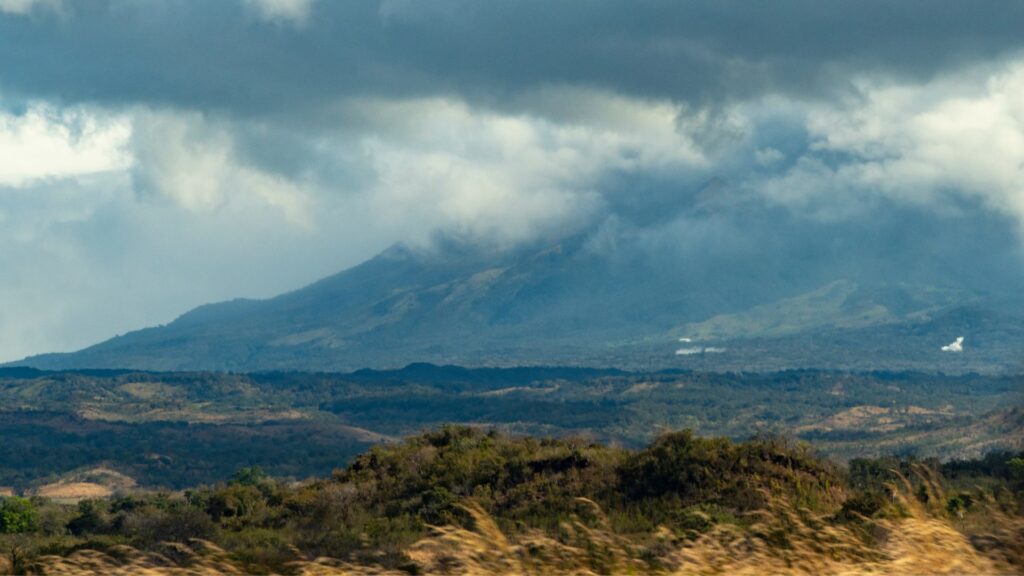
This article may contain affiliate/compensated links. For more information, please see our disclaimer here. We take all the efforts necessary to ensure the information included in this post is accurate, correct and current, sometimes, things just change! Travel information like opening hours, business operations and prices may change. If you find anything in this post that is incorrect or outdated, please let me know in the comments so I can update it for other readers. Cheers!
We love helping you plan amazing trips. If you need any of these services, consider booking them through our affiliate links. Without costing you anything extra, you will be helping support us so we can continue to write these blogs for you.
We thank you again for your continued support.
🏠 Find the perfect place to stay with Booking.com
✈️ Get the cheapest flights with Skyscanner
🚣 Book your favorite activities with Viator
💻 Make sure you have everything you need for your epic trip by checking our store on Amazon
Table of Contents
The 20 best Costa Rica national parks & natural reserves
As of writing, there are 28 national parks in Costa Rica, along with 58 wildlife refuges, 32 protected zones, 11 forest reserves and 8 biological reserves. There are also 12 other conservation regions that protect the various distinctive and diverse natural habitats found all over Costa Rica.
In this article, we’ll discover the national parks in Costa Rica that are worth visiting. We’ll see what animals you can see there, when to go, where to stay and everything else you need to know to have an amazing trip to Costa Rica.
With the help of our blogger friends, we’ll explore the best Costa Rican national parks and the various places you can encounter its amazing wildlife.
As always, we ask that you interact with nature in the most respectful way possible. As much as the Costa Rican government has tried to implement safe measures and rules in their national parks, it’s up to all visitors to keep these places beautiful for generations to come.
At the end of the article, we’ll share some quick tips and things to know when you’re visiting the national parks in in Costa Rica so that your impact is the smallest possible.
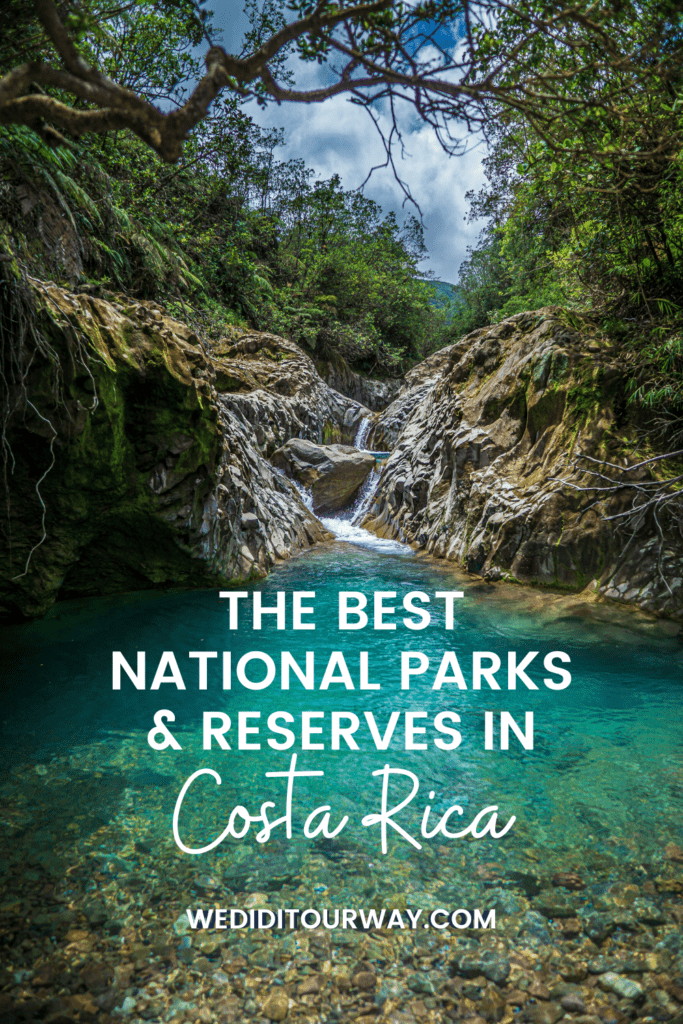
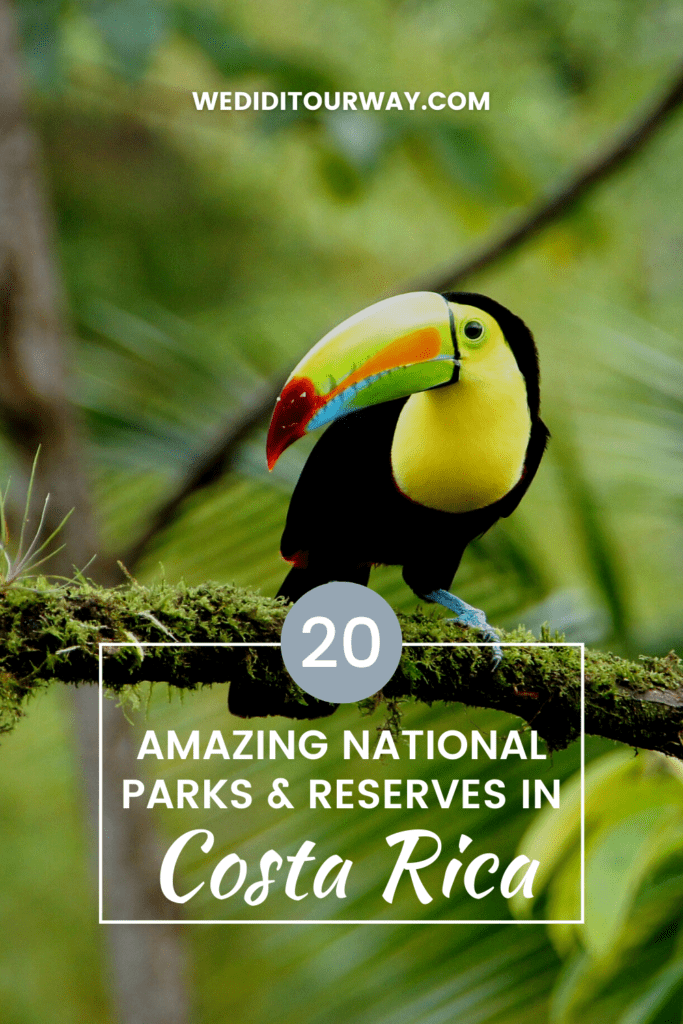
12 amazing national parks in Costa Rica you should explore
With 28 national parks in Costa Rica, you may find it difficult to figure out which ones are worth visiting. Truth is, each Costa Rican national park has something unique to offer. Some are known for having a ton of biodiversity, while others boast some of the country’s most beautiful beaches.
In this section, we’ll check out the best national parks. We’ve grouped them per region to help you plan your trip out a little better. But since there are national parks all over the country, you can discover them all over the place. From the Caribbean side to the Nicoya Peninsula, the Pacific coast to Bajos del Toro and the heart of the country, there are so many different places to discover.
1. Corcovado National Park, the most biodiverse park in the world
Contributed by yours truly, WeDidItOurWay.com
This list wouldn’t be complete if it didn’t include Corcovado National Park. This is the most famous and protected national park in Costa Rica. In fact, it’s regarded as one of the most biodiverse places on Earth, being home to 3% of the biodiversity.
Corcovado National Park has 5 different sectors – San Pedrillo, Sirena, La Leona, Los Patos and El Tigre. The following information is for visiting one of the most popular station: Sirena.
Located on the Osa Peninsula, Corcovado is a trip to get to. The only way to get there is to take a boat ride (between 1-1.5 hours, depending on if you’re in Drake Bay or elsewhere). Because of its biodiversity, permits are limited to gain access to Corcovado National Park. During the high season, we recommend you buy your tickets months in advance.
Covering an area of around 424 square kilometers (about 163 square miles), Corcovado is one of the largest national parks in Costa Rica. Within its limits, it holds a diverse range of ecosystems, including lowland tropical rainforests, cloud forests, wetlands, and coastal areas.
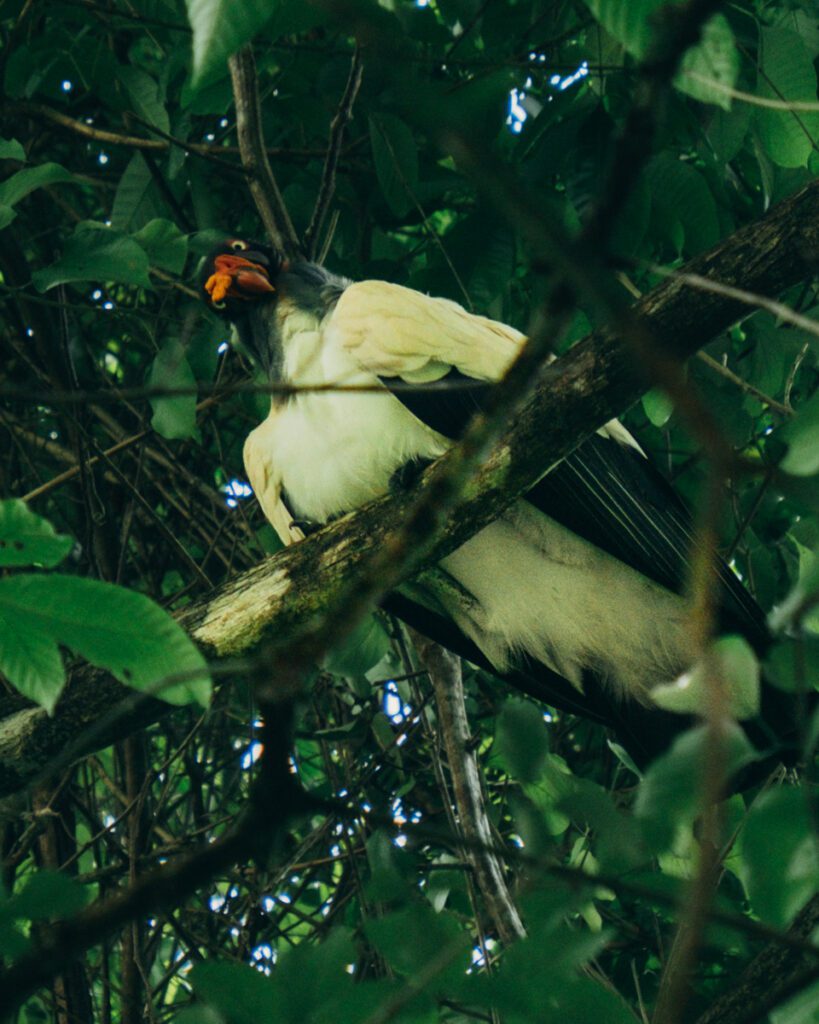
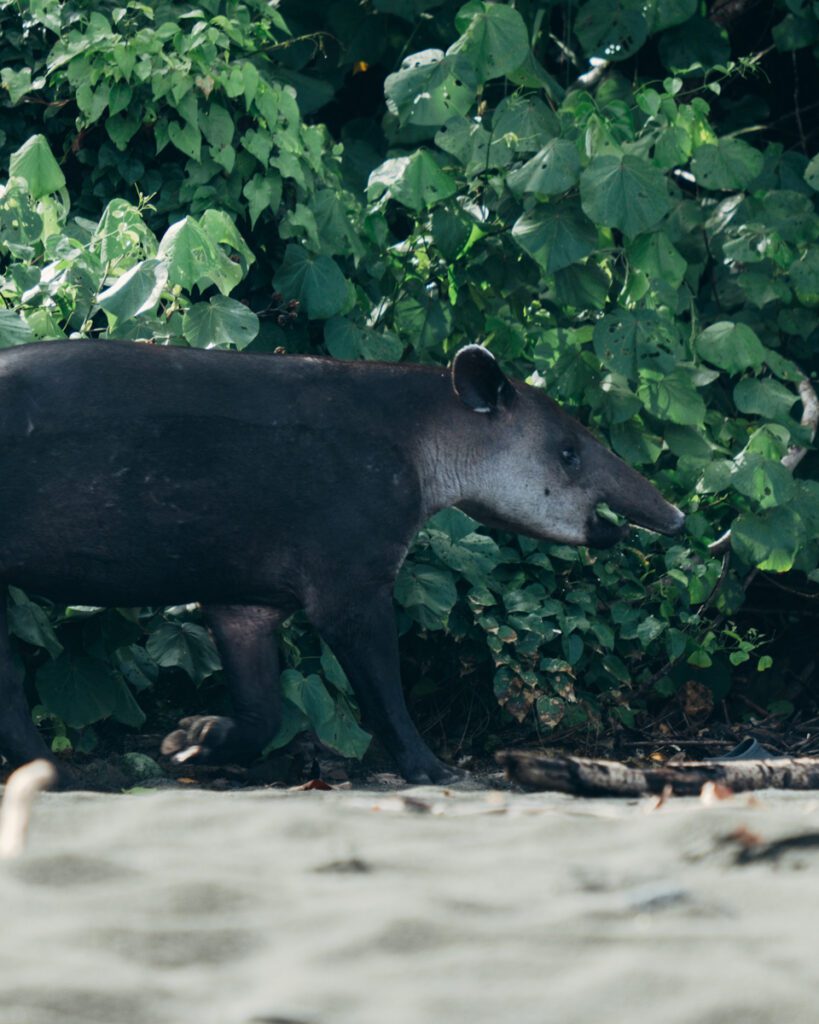
We took a 4-hour day trip from Drake Bay to Corcovado and we barely scratched the surface. In fact, even those who stay overnight don’t see much of the national park.
While at Corcovado National Park, you can see so much wildlife. If you’re lucky, you can spot tapirs, white-faced capuchin monkeys, howler monkeys, and spider monkeys, coati, pacari and you might get super lucky (or unlucky, and spot iconic species such as jaguars or pumas. For avid birdwatchers, you can see scarlet macaws, toucans, harpy eagles, and king vultures. You’ll likely see some snakes, spiders and frogs too.
Most people take day tours to Corcovado National Park. The only way to do it is to book a tour with an accredited guide. However, for those who love wildlife and want to experience a once-in-a-lifetime tour, you can book an overnight stay in Corcovado. Although it is a costly experience, everyone we spoke to who has done it has absolutely loved it and would recommend it.
We recommend visiting this Costa Rica National Park in the wet season, from May to November. Although you can expect a lot more rain from September to November, the low tourist season means fewer crowds in the park, more lush greenery and more life to spot, especially amphibians and reptiles. However, you will need waterproof shoes as trails may be muddier.
Details about Corcovado National Park:
Cost: $15 for the entrance fee, though tours will charge $125 USD for a day tour
Opening hours: Every day from 7 am to 4 pm. The Sirena sector closes its doors to visitors in October. The other sectors remain open.
Location: Find it on Google Maps
Official Site
2. Rincón de la Vieja National Park, a beautiful national park in Costa Rica’s Guanacaste province
Contributed by Nina from WhereInTheWorldIsNina.com
One of the best parks you can visit while backpacking Costa Rica is Rincón de la Vieja National Park! This is a spot that is kind of in the middle of nowhere, so we recommend you take a day trip. You can easily reach this natural wonder from beach towns like Liberia, Tamarindo, and Playas del Coco, making it a perfect choice if you’re not renting a car.
Rincón de la Vieja National Park boasts captivating volcanic landscapes, hissing vents, and bubbling mud pools. You’ll start with a jungle trek through lush surroundings. Along the way, you can spot howler monkeys, toucans, and coatis. The hike is relatively easy, but don’t forget to protect yourself from the scorching sun. The trails in this area are sometimes fully exposed and it’s hot, hot, HOT!
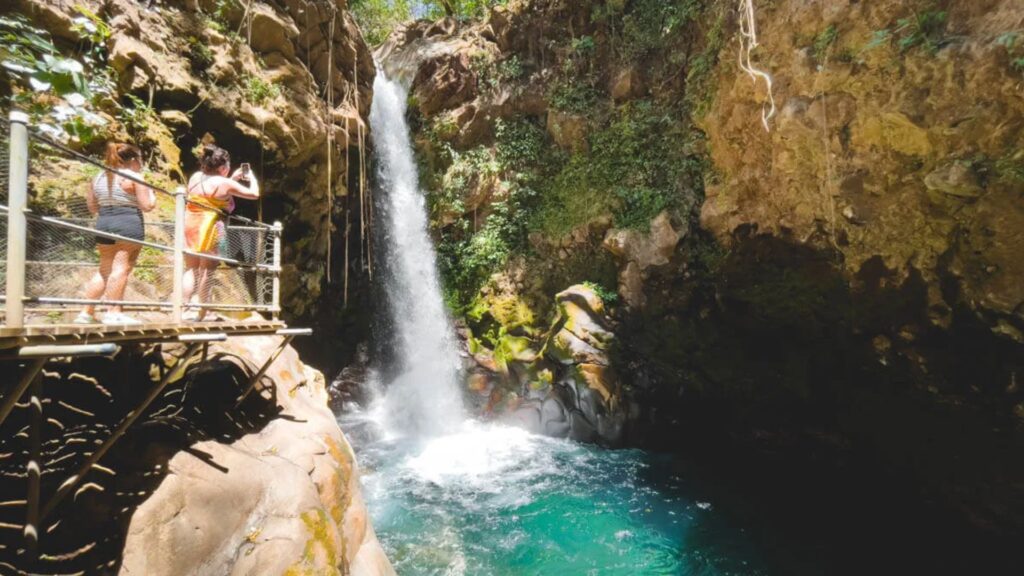
After your volcano explorations, you’ll have the option to cool off at the refreshing Oropendola Falls, a perfect respite from the Costa Rican sun. This is definitely a highlight, as you can swim right up to the falls!
One of the last best things you can do in this park is take soak in the rejuvenating hot springs and enjoy volcanic mud baths at Rio Negro Hot Springs. There are ten pools filled with naturally heated thermal waters that provide ultimate relaxation, especially after all the walking around!
May through November is the best season to visit this park, so the bubbling pots and fumaroles are at their most active.
If you want to stay out near the park, then Hotel Hacienda Guachipelin is your best bet, but most people who stay there are renting a car. You might want to just take a day trip out here to experience it without the hassle of figuring anything else out!
Details about Rincón de la Vieja National Park:
Cost: $15 USD
Opening hours: This park is closed on Mondays. Open Tuesday to Sunday, from 8 am to 3 pm.
Location: Find it on Google Maps
Official website
3. Cahuita National Park, a unique Costa Rica national park in the Caribbean
Contributed by yours truly, WeDidItOurWay.com
Located on the Caribbean coast of Costa Rica, Cahuita National Park is a beautiful park to explore, especially since the entrance is donation-based! In a country where everything is so expensive, it’s nice to have somewhere to go that won’t break the bank, and will be a memorable place to visit!
Cahuita National Park is known for some of the most pristine beaches in Central America, lush rainforests, and vibrant marine life. In fact, snorkeling at this park is one of the highlights of the place. But you can only do it with certified local guides. Underwater, you can discover lots of coral reefs and colorful fish, sea turtles, and nurse sharks. Above the surface, you can see howler monkeys, capuchin monkeys, sloths, and various bird species.
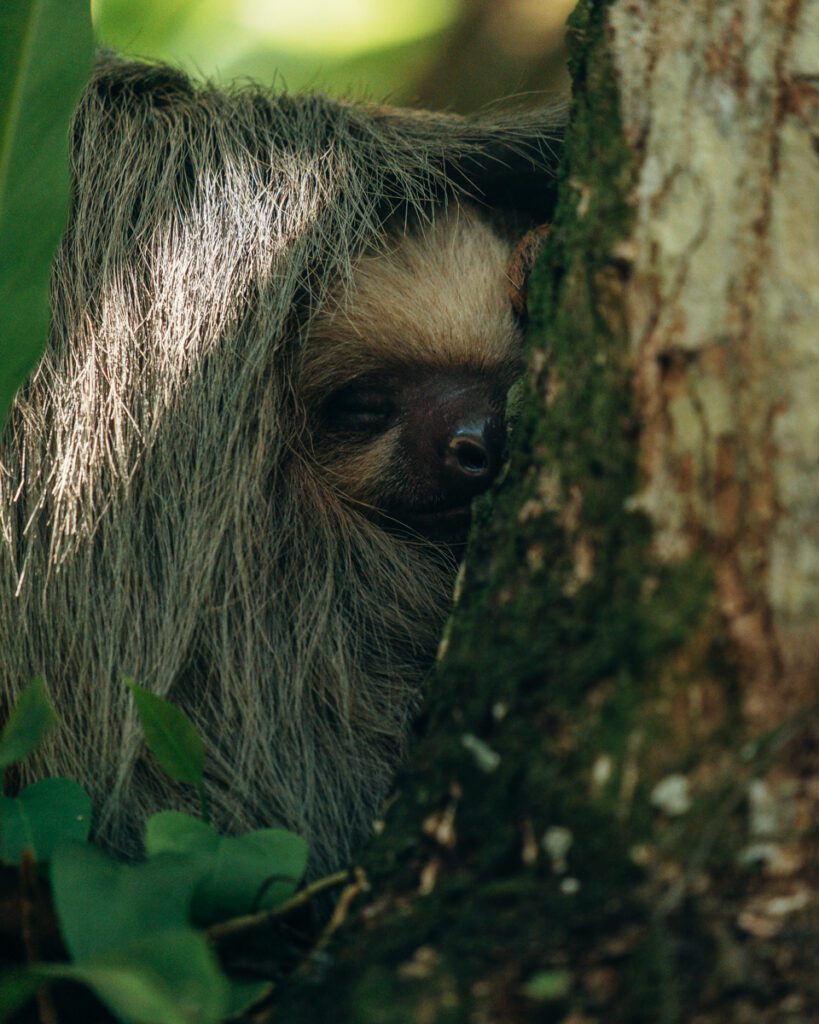
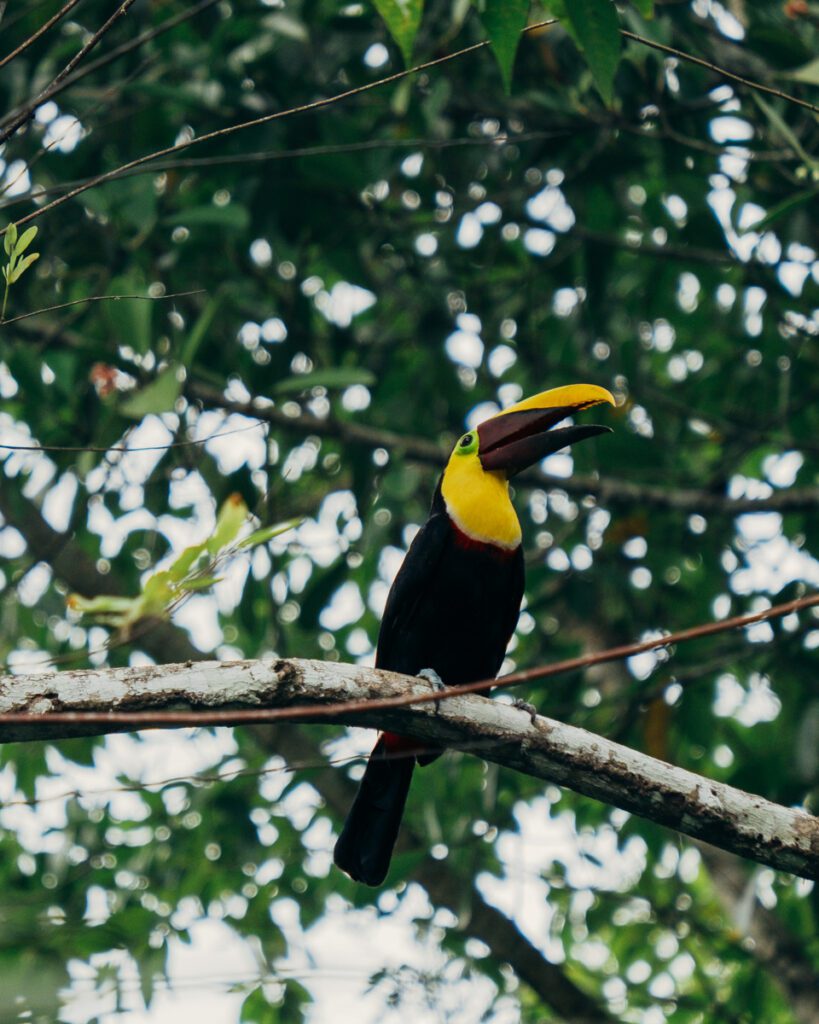
What’s great about this Costa Rican national park is the well-maintained hiking trails. They snake through the rainforest and along the coastline, taking you through some of the most beautiful white-sand beaches in the country. You have over 10 km of hiking trails within the limits of the park.
You can visit the Cahuita National Park all year round, but the dry season, from December to April) is considered the best time for snorkeling and diving due to clearer waters. The rainy season (May to November) brings lush greenery and fewer tourists, but sea conditions can be less fun for water activities.
Cahuita and the Caribbean Coast are not as touristy as other parts of the country, which means you can find plenty of affordable accommodations in town. This way, you can simply walk to the park!
Details about Cahuita National Park:
Cost: Donation based entrance fee. We recommend giving at least $5 USD per person. If you enter by the Puerto Vargas sector, foreigners pay $5.65 USD
Opening hours: Every day from 8 am to 4 pm
Location: Find the Cahuita entrance here
Official website
4. Manuel Antonio National Park, Costa Rica’s most popular national park
Contributed by Sam and Natalia from SomethingOfFreedom.com
Manuel Antonio National Park, located on Costa Rica’s Pacific coast, is one of the country’s most popular national parks. Covering over 680 hectares, the park boasts lush rainforest and some of the most beautiful beaches in Central America, as well as an abundance of incredible wildlife.
Visitors to Manuel Antonio have the chance to see some amazing species, including howler monkeys, both two-toed and three-toed sloths, coatis, spider monkeys, and more! The park is also home to over 350 bird species, including hummingbirds and toucans – so there is certainly some amazing wildlife to discover!
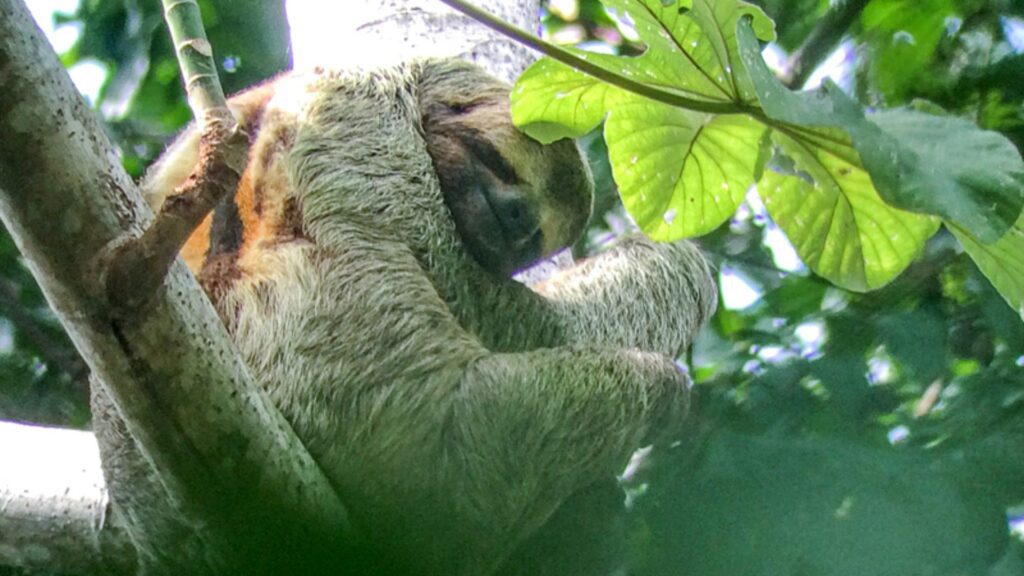
Pay for a guide to maximize your chances of spotting some of these wonderful animals. The local guides are experienced and well-trained in spotting the wildlife, and you will undoubtedly see more with a guide than without.
The best option to visit Manuel Antonio National Park is to stay in the town of Quepos. Buses run from San Jose to Quepos, with the journey normally taking 3-4 hours depending on your route. Since this Costa Rican park is the most popular one in the country, purchasing your tickets ahead of time is recommended.
Arguably the best time to visit is between November and April, as on average these are the sunnier and drier months. The park has higher levels of rainfall from May through to November, with September and October generally having the most rain.
While you’re in the area you can also enjoy whale-watching tours, with the possibility of seeing migrating humpback and pilot whales along Costa Rica’s Pacific coastline.
Details about Manuel Antonio National Park:
Cost: $15 and you have to purchase your tickets online for the alloted time slot
Opening hours: This park is closed on Tuesdays. Open Wednesday to Monday from 7 am to 3 pm
Location: Find it on Google Maps here
Official website
5. Piedras Blancas National Park, a hidden gem national park in Costa Rica
Contributed by Karen of OutdoorAdventureSampler.com
Piedras Blancas National Park is a remote, seldom-visited wilderness area in Costa Rica. Located on the east side of the Golfo Dulce, Piedras Blancas preserves the last remaining habitat of the jaguar in Costa Rica. Connected with Corcovado National Park, La Piedras forms a biologically diverse corridor of protected lands. The lowland tropical rainforests of Piedras Blancas are a rare habitat garnered protection by the national park designation.
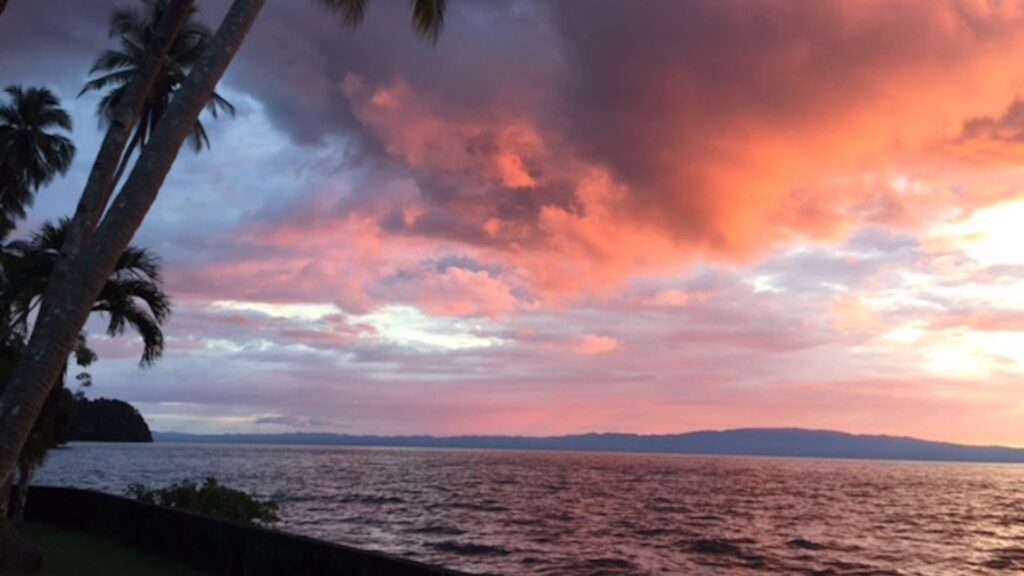
A visit to this park is a must for any nature lover. It is considered the best bird-watching area in the country. Many of the unique species of Costa Rica such as sloths, Scarlet Macaws, toucans, and howler monkeys can be found here. The coastal section of Piedras Blancas on the Golfo Dulce boasts marvelous fishing, kayaking, whale and dolphin watching, and sunsets.
Access to the park entrance is near the village of La Gamba south of Palmar Sur on the Pan-American Highway. You can also reach it by boat from Puerto Jimenez on the Osa Peninsula.
Many beautiful eco-lodges line the shores of the Golfo Dulce and provide the perfect getaway to explode the rainforests of the Piedras Blancas National Park in any season of the year.
Details about Piedras Blancas National Park:
Cost: $10
Opening hours: Every day from 8 am to 4 pm
Location: Find it here on Google Maps
Official website: There is no official site to be found
6. Irazu Volcano National Park, home to the tallest volcano in Costa Rica
Contributed by Erin from WanderlustWithKids.com
Irazu Volcano National Park is home to Costa Rica’s tallest, and one of its most active volcanoes. While it’s known for its impressive height, Irazu is also one of the most accessible volcanoes in the country, and the crater rim is open to visitors.
From the parking lot, there is a paved path that leads to the main crater, where you’ll be able to look down into the grey and black crater. It’s a huge crater, at just over 1000 meters in diameter, and is one of the most active volcanoes in Costa Rica, although it hasn’t erupted since 1963. Just beside the main crater is another smaller crater that you can also see from the path.
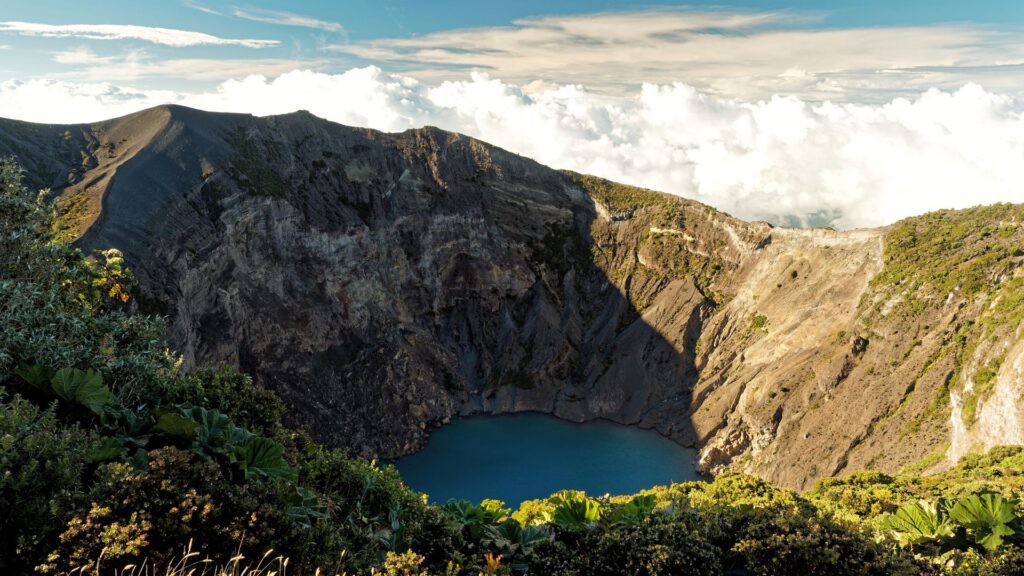
In addition to the views of the crater, on a clear day, Irazu also offers spectacular views of both the Pacific Ocean and the Caribbean Sea at the same time.
The best time to visit Irazu is in the dry season, from December to April, however, if visiting from May to November, you may encounter daytime showers, but the landscape is lush and green.
Nearby to Irazu Volcano National Park is the town of Cartago, with its rich history and beautiful Basilica de Nuestra Señora de los Angeles, a famous pilgrimage destination for many Costa Ricans.
Irazu is a great day trip from San Jose, as it’s just over an hour’s drive away, and is best reached by car or a guided day trip from San Jose. There are plenty of accommodation options in San Jose, or you can also stay in the nearby town of Cartago.
Details about Irazu Volcano National Park:
Cost: $15
Opening hours: Every day from 8 am to 3:30 pm
Location: Find it here on Google Maps
Official website
7. Arenal Volcano National Park to see Costa Rica’s most popular volcano
Contributed by Jessica from UpRootedTraveler.com
Arenal Volcano National Park is one of the best things to do in La Fortuna and arguably, even in Costa Rica! Conveniently located in the popular adventure town of La Fortuna, the national park is home to the Arenal Volcano, the most famous one in the country and, until recently, the most active one in the country.
While its eruptions may have slowed down in recent years, the national park is still an incredible way to see stellar views of the volcano and witness some of the aftermath of its eruptions firsthand.
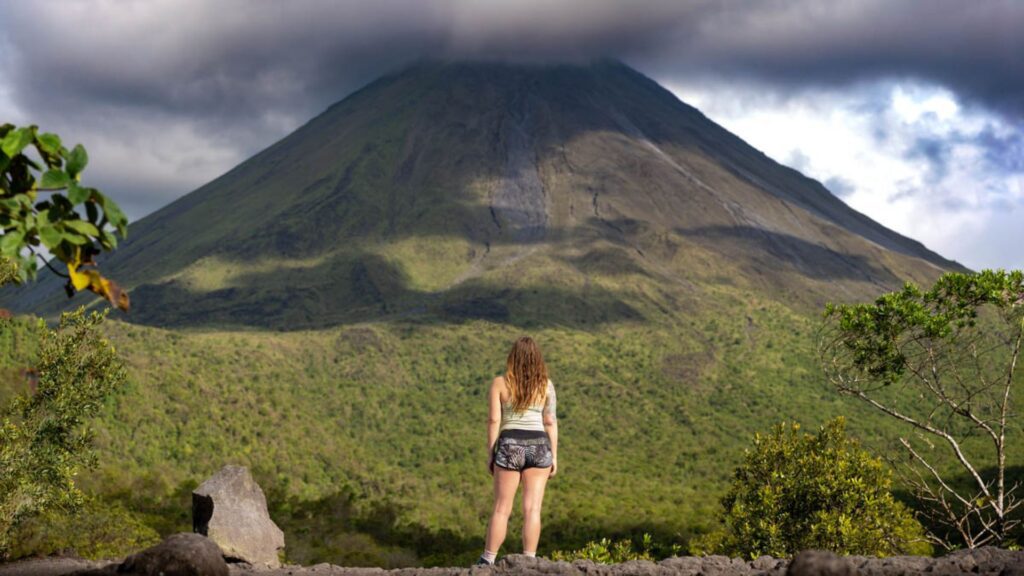
For example, along the Lava Flow Trail, you can walk amongst the sweeping lava fields at the foot of the volcano, while enjoying peekaboo views of the volcano towering above and Lake Arenal.
Alternatively, the El Ceibo Trail takes you to the foot of a large Ceiba tree. This trail is a great place to keep an eye out for birds, monkeys, and some of the other biodiversity that Costa Rica is so famous for.
The best time to visit Arenal is from December through February when the temperatures are warm and pleasant and the skies are clear. Consider splurging and staying at Tabacon Thermal Resort and Spa, a luxury resort with hot springs (harnessed from Arenal’s geothermal energy!), which are perfect for relaxing in after a long day exploring the national park.
Details about Arenal Volcano National Park:
Cost: $15
Opening hours: Every day from 8 am to 4 pm
Location: Find it here on Google Maps
Official website
8. Tortuguero National Park, a unique Costa Rica national park on the Caribbean side
Contributed by Sarah from ASocialNomad.com
The journey to Tortuguero National Park is part of the adventure of visiting. This Costa Rican National Park, which protects nearly 19,000 hectares of beach marine and freshwater ways, is surrounded by water, and taking a boat for at least part of the journey is necessary to visit. Either drive or take a bus to La Pavona, and then pick up the boat service to the park from there.
The $15 USD entrance fee covers your access to the park, but you’ll also want to ensure that you take a guide to explore. Whether you kayak, or take a motorboat tour having a local guide to point out the wildlife is essential to get the best out of your visit. The waterways are just one part of the park, which also includes jungle trails – night walks here are particularly interesting, as you’ll get to see a whole different side of the park in the dark.
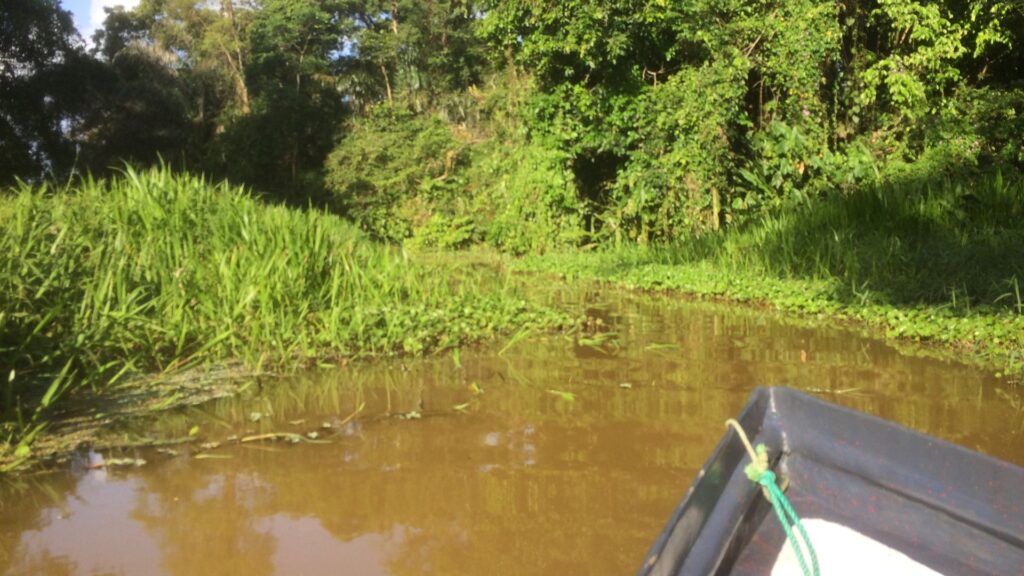
Tortuguero gets nearly 20 feet of rain each year, and it’s best to visit during the dry season months of February, March, or September to get the best experience. While turtle hatching is a super thing to watch if you’re here during the season (September or October), be sure to visit the Sea Turtle Conservancy – the center was established in 1959 and provides a host of educational and information about the turtles that return here, and the marine ecosystem.
The Casa Pelican homestay is the perfect place to stay in Tortuguero, with stylish rooms all having either a balcony or a terrace.
Details about Tortuguero National Park:
Cost: $15
Opening hours: Every day from 6 am to noon and from 1 pm to 4 pm
Location: Find it here on Google Maps
Official website
9. Marino Ballena National Park, a national park with a uniquely shaped beach
Contributed by Brodi of OurOffbeatLife.com
Marino Ballena National Park in Costa Rica is a captivating Pacific coast destination near the town of Uvita that offers a unique and unforgettable experience for visitors.
This park is renowned as a favorite spot for humpback whales and various types of dolphins, and many people take whale-watching tours that leave from the park’s beaches. The park’s natural beauty provides an enchanting backdrop where visitors can see these magnificent marine animals up close.
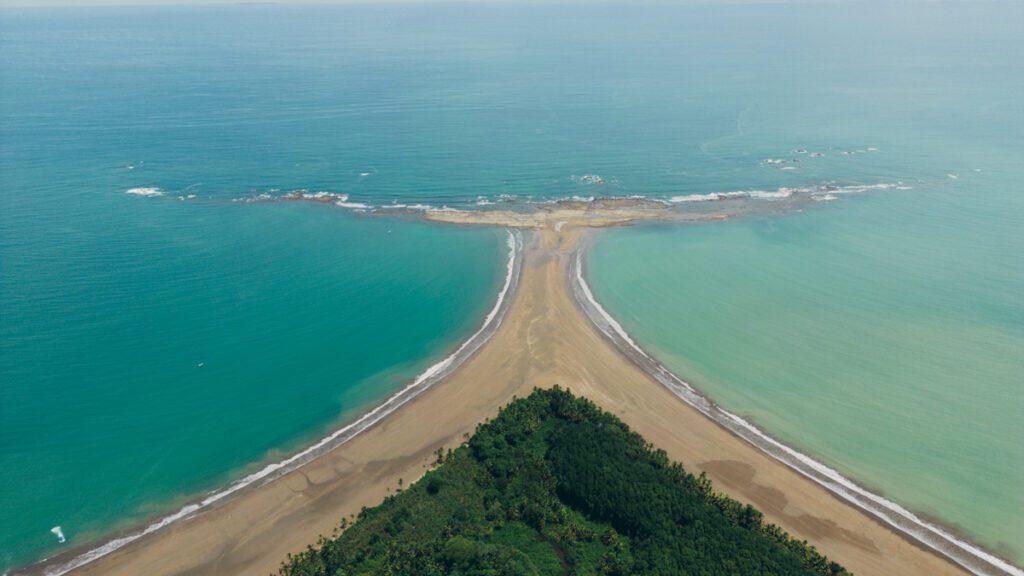
One of the highlights of Marino Ballena National Park is its stunning beaches, including a beach shaped like a whale’s tail, on of the most unique in Central America. This distinctive feature adds to the park’s allure and offers an excellent spot for relaxation and exploration. The park also boasts diverse marine life, making it a snorkeler’s paradise. Snorkeling enthusiasts can discover vibrant coral reefs teeming with colorful fish and other fascinating creatures. Right off the beach!
To make the most of a visit to Marino Ballena National Park, plan a trip during low tide. Checking the tide schedule is crucial to ensure you can walk to the end of the whale’s tail beach area, which is completely covered by water at high tide.
The best way to get to the park is by renting a car or hiring a local guide who can provide transportation and valuable insights about the area. Combine it with a whale-watching tour for the best experience!
Details about Marino Ballena National Park:
Cost: $6
Opening hours: Every day from 7 am to 4 pm
Location: Find it here on Google Maps
Official website
10. Poás Volcano National Park, where to see one of the world’s most active volcano craters
Contributed by Pierre of WayfareWithPierre.com
Just a short drive away from San Jose, Costa Rica, Poás Volcano National Park is an absolute must-see and easily one of the most picture-worthy places in Costa Rica. It’s a natural wonder that’s bound to leave you speechless. Poás is home to one of the world’s largest active craters, and you can definitely see the active part in action: there are continuous plumes of smoke and steam stirring up and making for a dramatic view.
And of course, one of the true highlights of Poás Volcano National Park is the ever-changing turquoise lake within the crater, surrounded by the lush cloud forest that’s a haven for wildlife and photographers alike. All of the trails here are marked and well-worn, making it easy for just about anyone to soak in the views, regardless of hiking experience level.
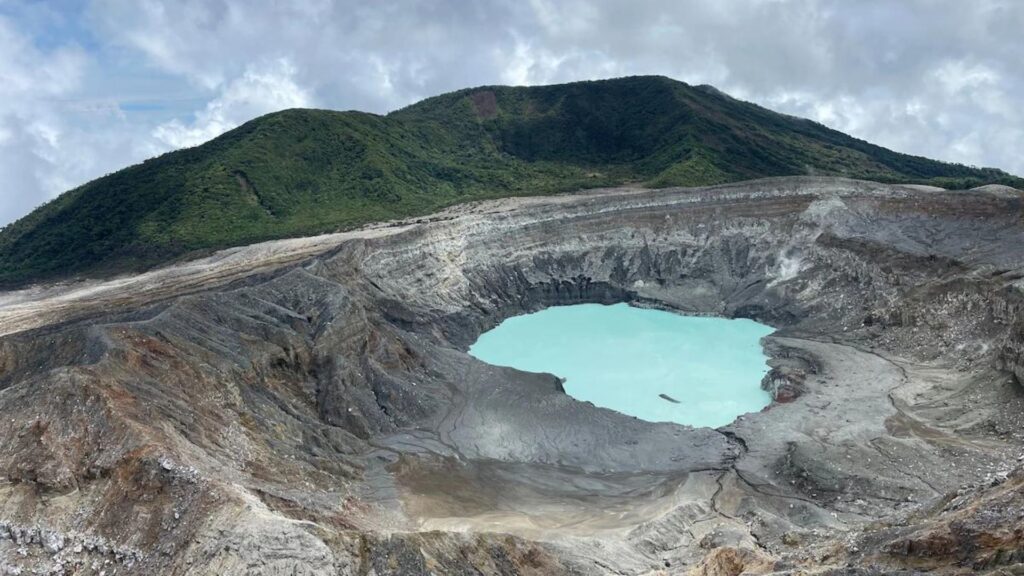
Getting to Poás Volcano is a breeze. You can either hop in your car or grab a rental and drive there, or opt for a guided tour bus or shuttle there. The short trip takes roughly 1.5 to 2 hours from San Jose, depending on traffic of course.
Unlike some other parts of Costa Rica that become more challenging to access during the wet season, Poás remains accessible year-round. The dry season (December to April) offers clear skies for soaking in the views, while the wet season (May to November) transforms the area into a lush green paradise. There are many accommodations in nearby towns like Alajuela and Heredia, so you can choose whatever aligns more with your budget and travel style.
Beyond the volcano itself, there’s so much more to see and explore in the area. Some highlights to check out include the many waterfalls of the Bajos del Toro region, sipping some local coffee at nearby plantations, or going on a hiking adventure through the cloud forests nearby. All in all, it goes without saying that Poás Volcano National Park is a Costa Rica park that every traveler should check out at least once.
Details about Poas Volcano National Park:
Cost: $15
Opening hours: Every day from 8 am to 4 pm
Location: Find it here on Google Maps
Official website
11. Tenorio Volcano National Park to see one of the bluest waterfalls in Costa Rica
Contributed by Bailey from CostaRicaTravelLife.com
Tenorio Volcano National Park is one of the most beautiful places to visit in Costa Rica. What this national park is best known for is Rio Celeste, a stunning waterfall that cascades into the brightest blue water you’ve ever seen!
Tenorio Volcano National Park is located in a remote area of Costa Rica in Guanacaste province and is about a 1.5-hour drive from La Fortuna or 3.5 hours from San Jose. It is most commonly visited on day trips where visitors walk the trails in the park to the famous waterfall as well as other viewpoints.
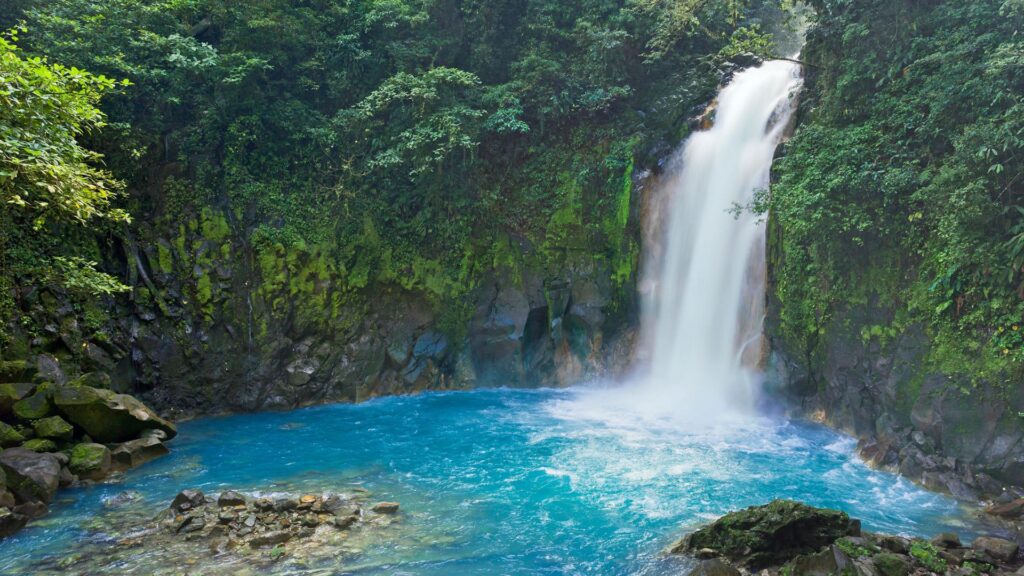
One of the main attractions in this park is the very blue water, which is actually just a reflection of a mineral on the rocks at the bottom of the river. There is even a viewpoint where two rivers meet where you can see the water color change. The information boards around the park explain more about this phenomenon in detail, or of course, you can join a guided tour where your guide will explain more in detail.
It costs $12 USD to enter the national park and that must be paid with a card on arrival. Once at the park, it is only a short 30 walk to the famous waterfall entrance where you must go down a couple hundred stairs to the bottom viewpoint. There are also a couple of other trails across small bridges and along the river’s edge to various viewpoints. You should plan to spend a couple of hours in the park, as walking all of the trails should take about 3 hours.
Note, there is no swimming allowed here. It is also best to visit in the dry season because, after heavy rain, the water becomes murky losing that beautiful blue color that you came to see.
Details about Tenorio Volcano National Park:
Cost: $12
Opening hours: Every day from 8 am to 2 pm, but you can stay until 4 pm
Location: Find it here on Google Maps
Official website
12. Braulio Carrillo National Park, a beautiful Costa Rican National Park
Contributed by Rai from ARaiOfLight.com
Encompassing an impressive area of over 47,600 hectares, Braulio Carrillo National Park is one of the biggest national parks in the country. It is also one of the most diverse, with a wide variety of flora and fauna species.
Providing a conservation area for numerous endangered animals, the park is home to over 135 species of animals and 500 species of birds. It is one of the best places to spot jaguars, sloths, tapirs, quetzals, and toucans. Among acres of forest and rolling hills lies the landmark Barva Volcano — an inactive stratovolcano that reaches an impressive height of almost 10,000 ft.
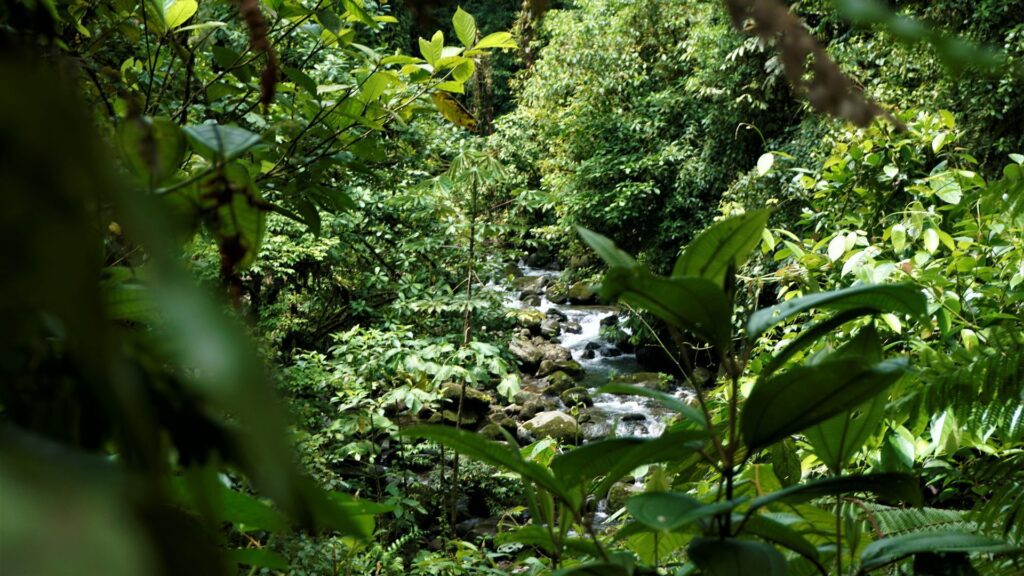
Located in central Costa Rica, northeast of San Jose, it is pretty easy to get here, with the best time to go being the dry season. You will find two public entrances made up of the well, accessible Quebrada Gonzalez ranger station and the more remote ranger station near Barva Volcano.
Adventure lovers will revel in the abundance of activities on offer here. Hike through well-marked trails, opt for a zip-lining experience through the forest canopy, or a white-water rafting excursion along the Pacuare River.
Braulio Carrillo National Park is a true example of the country’s commitment to ecotourism and remains an essential destination for anyone visiting or living in Costa Rica.
Details about Braulio Carrillo National Park:
Cost: $12
Opening hours: Every day from 8 am to 3:30 pm
Location: Find it here on Google Maps
Official website
8 amazing biological & natural reserves in Costa Rica
Whether you’re looking to immerse yourself in a cloud forest, dive into the protected waters of Costa Rica, or explore some lesser-known parts of the country, the Costa Rica biological & natural reserves are some of the most beautiful conservation areas in the country.
With over 30 natural and biological reserves in Costa Rica, along with plenty of other protected areas such as wildlife refuges, and conservation areas, here are the 8 best biological and natural reserves to explore.
13. Cabo Blanco Absolute Natural Reserve, Costa Rica’s first natural reserve
Contributed by Emily from JourneyByBackpack.com
The magnificent Cabo Blanco Absolute Natural Reserve is situated on the tip of Costa Rica’s stunning Nicoya Peninsula. In 1963, the reserve became the first national protected area in all of Costa Rica. The reserve is known for its rich biodiversity and is home to a range of wildlife including howler and capuchin monkeys, armadillos, pacas and even felines including ocelots.
Being so off the beaten path, not many visitors make it to the untouched Cabo Blanco. Once you arrive in the park, you can do a 5km hike to one of the most beautiful beaches in all of Costa Rica, Playa Cabo Blanco. With so few visitors, the beach is completely unspoiled, and you are almost guaranteed a peaceful experience. The hike itself takes you through the lush green rainforest with plenty of opportunities to spot some of the reserve’s unique wildlife.
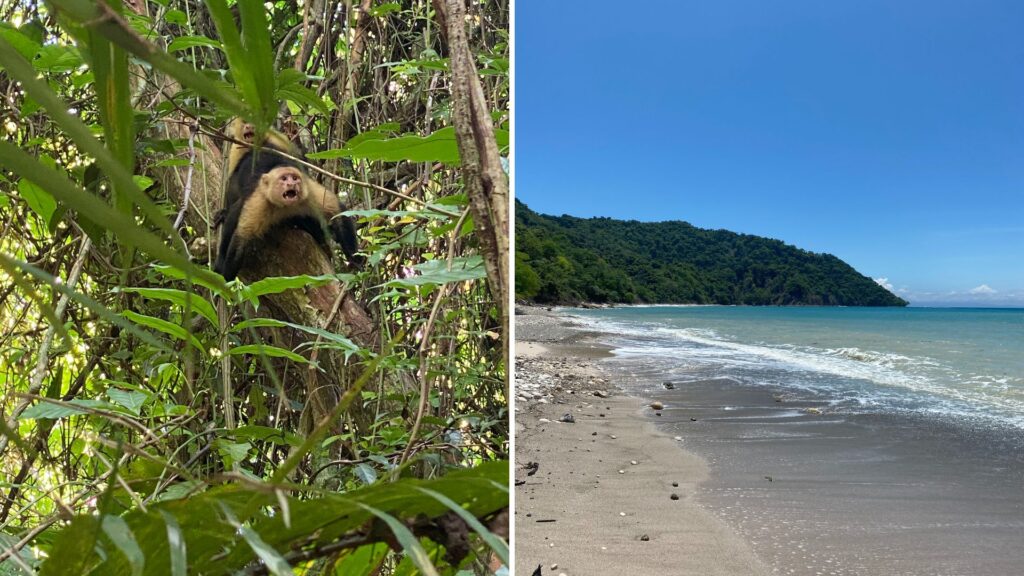
To visit Cabo Blanco, you’ll need to base yourself in the lively town of Montezuma which is a 25-minute drive from Cabo Blanco. If you choose to stay in Montezuma, be sure to check out the famous Montezuma waterfalls.
You can also opt to stay in the smaller and peaceful town of Cabuya for a true taste of the ‘Pura Vida’ lifestyle. From Cabuya, you can walk straight into the park.
The park is best visited in the dry season before the hiking trail gets too muddy and slippery.
14. Isla del Caño, an amazing marine biological reserve and archaeological site in the Osa Peninsula
Contributed by yours truly, WeDidItOurWay.com
Located about 45 minutes away from Drake Bay by boat, Isla del Caño or Caño Island is a small, yet significant biological reserve and archaeological site. Known for its natural beauty, historical significance and especially its rich marine life, If you have a chance, we highly recommend taking a day trip to Caño Island.
As avid scuba divers, we absolutely loved diving in Caño Island’s protected waters, especially seeing some beautiful corals. From tons of turtles to sharks, frogfish, harlequin shrimp to octopus and nudibranchs, we had such a great time exploring the marine life in this Costa Rica biological reserve.
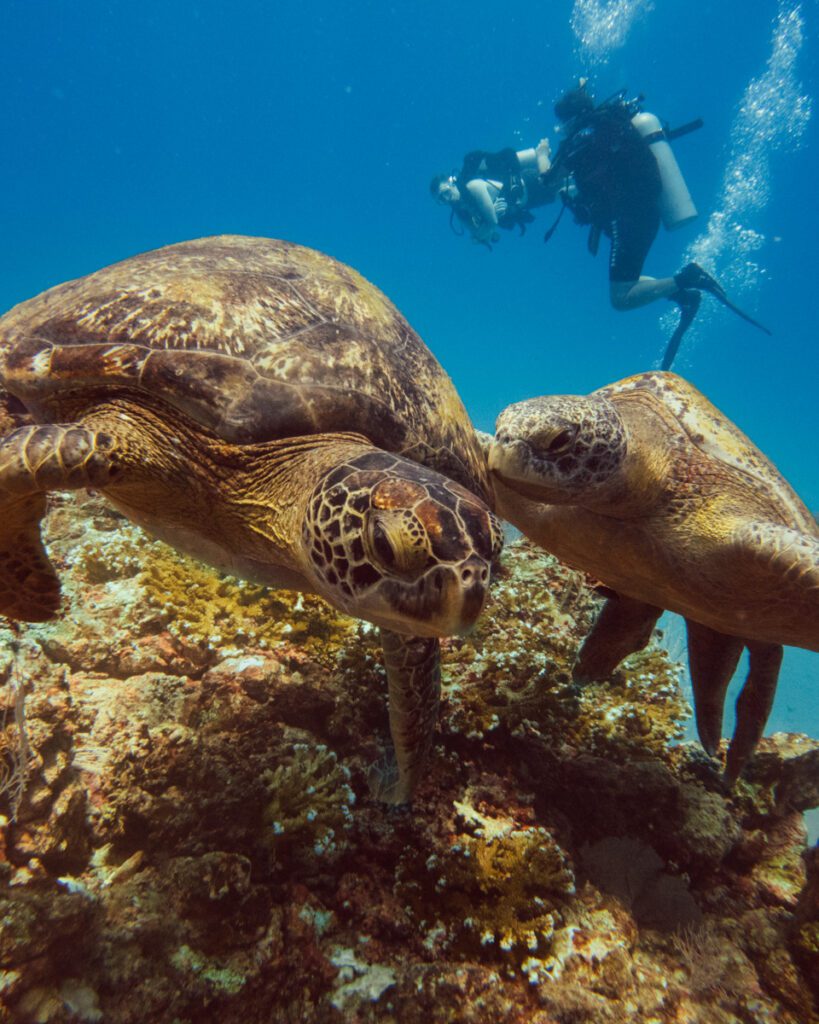
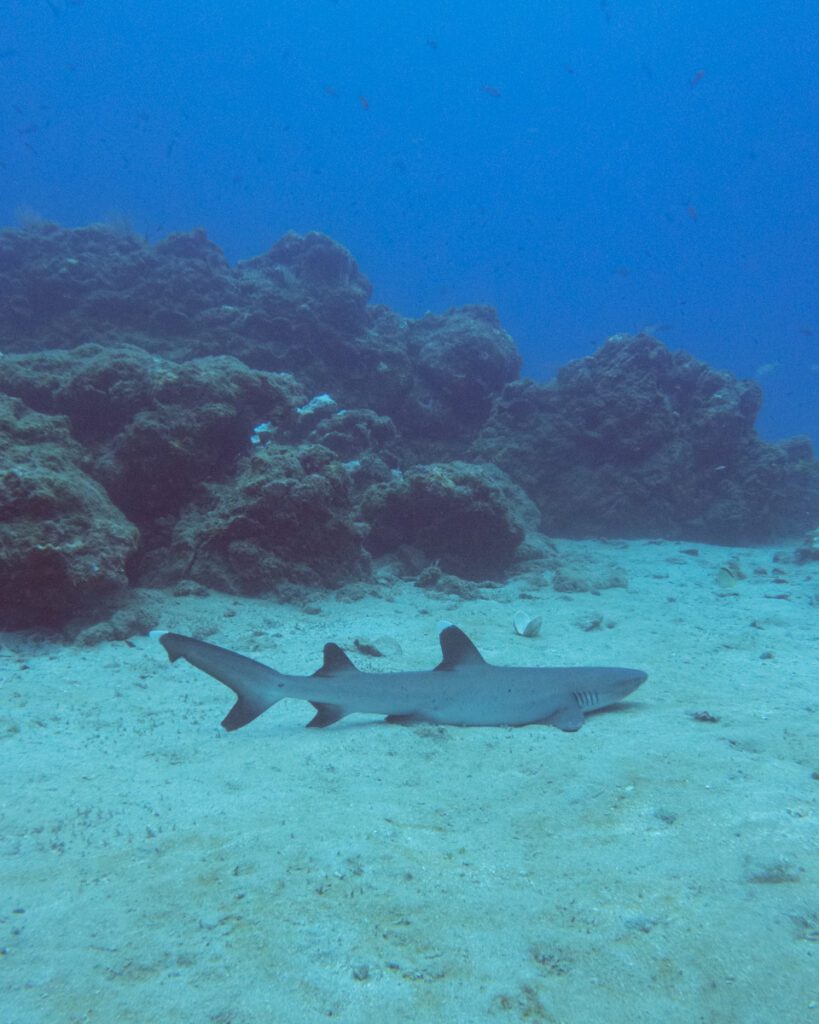
Even if you don’t scuba dive, there are daily trips to Caño Island for snorkelers as well. Most tours leave from either Uvita, Sierpe or the closer Drake Bay. Tours are the only way to get to this protected marine park.
Caño Island is also known as a great place to hike, as there are many trails in the rainforest. It also holds archaeological importance. It was once inhabited by indigenous pre-Columbian cultures. Archaeological sites on the island include stone spheres and petroglyphs.
The best time to visit Caño Island for snorkeling and diving is during the dry season. During the dry season, from December to April, the water visibility is better and conditions more favorable. Although we dived during the wet season in July and it was amazing. You might even see and hear whales in the waters.
15. Ostional National Refuge, one of the best biological reserves in Costa Rica
Contributed by Haley of HaleyBlackall.com
Located on the Nicoya Peninsula, Ostional National Wildlife Refuge is globally renowned for one thing: sea turtles. Specifically, the Olive Ridley sea turtles. Imagine watching thousands of these magnificent creatures crawl onto the beach to lay their eggs, a phenomenon known as “arribada.”
Getting to Ostional is part of the adventure. The nearest town is Nosara, a 20-minute drive to the south along the coastline. You can take a 4×4 taxi or rent a car to navigate the unpaved roads. Trust me, the journey is worth every bump and pothole.
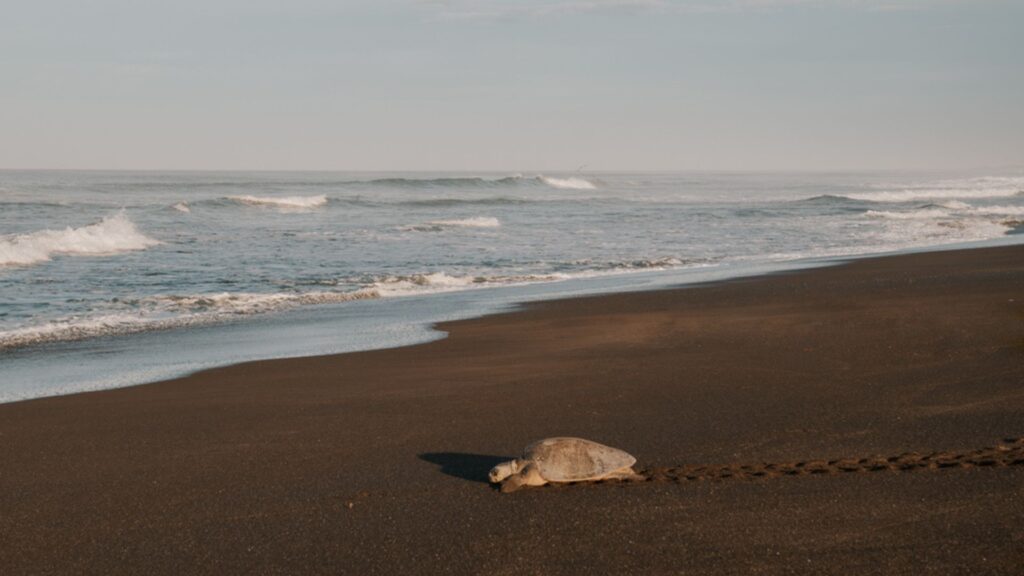
The best time to travel to this Costa Rica biological reserve is during the dry season, from December to April. It offers easier travel conditions. But if you want to witness the arribadas, aim for the wet season (May to November) to see up to 300,000 turtles laying their eggs. Just be prepared for muddy roads.
As for accommodations, Nosara has got you covered. For those who love a blend of comfort and style, the downtown area by Playa Guiones is full of eco-chic Nosara hotels. One of my favorites is The Harmony Hotel. It makes the perfect base to explore Ostional.
And if you’ve got some extra time, Nosara offers more than just proximity to Ostional. From surfing one of the most consistent breaks in Costa Rica to a plethora of yoga retreats like Bodhi Tree, it’s a haven for wellness and adventure.
16. Santa Elena Cloud Forest, a lesser-known cloud forest in Monteverde
Contributed by Annelies from TravelersAndDreamers.com
Santa Elena Cloud Forest is one of the most enchanting parks in Costa Rica. It is located within the lush landscapes of Monteverde, next to the famous Cloud Forest of Monteverde. Due to its location next to a very popular park, it sees fewer visitors, however, the park is equally beautiful. It sits at an elevation of approximately 1,500 meters (4,900 feet) above sea level which creates a unique environment that is characterized by a gentle mist and low-hanging clouds.
What sets Santa Elena apart is its extraordinary biodiversity. It’s a sanctuary for numerous species of flora and fauna, including the quetzal, howler monkeys, toucans, sloths, and a large array of spiders and giant worms! Greenery grows abundantly too and the trunks of the trees are a special sight to see since they are almost completely covered with other plants like epiphytes and mosses.
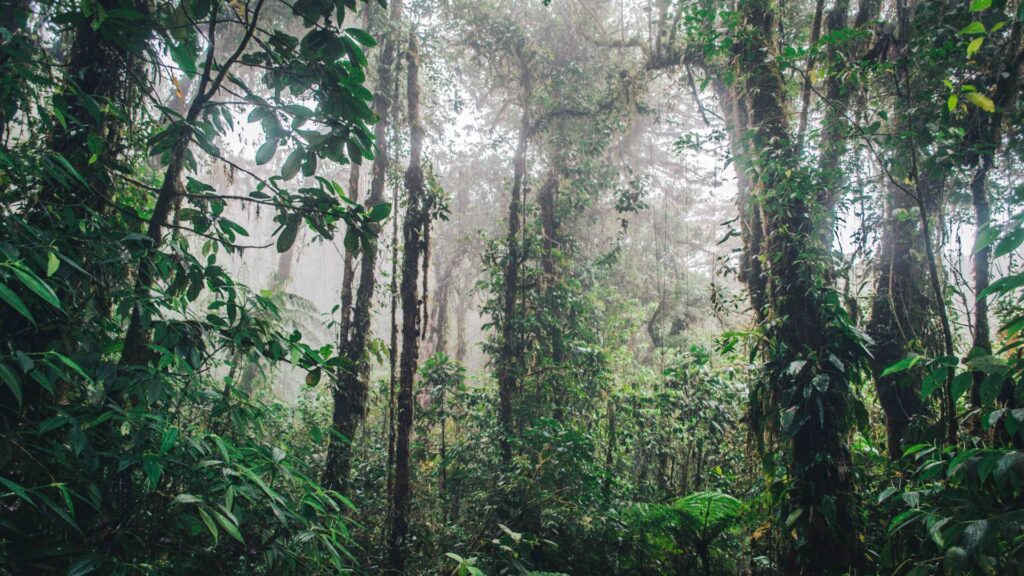
Hiking and wildlife watching is the main thing to do at Santa Elena. As a traveler, you can hike through a network of well-maintained trails on your own or hire a guide who can point out wildlife for you that you would otherwise miss.
The community of Santa Elena, adjacent to the forest, is the best place to stay nearby and offers a range of eco-friendly accommodations and sustainable tourism initiatives.
The park can be reached by bus from Santa Elena town and costs 2 USD. The best time to visit is in the dry season, which runs from December to April but be prepared for rain at any time of the year!
17. Monteverde Cloud Forest, a popular biological reserve in Costa Rica
Contributed by Jill from JillOnJourney.com
Among all the national parks and biological reserves, visiting a cloud forest is a unique experience when you’re traveling or backpacking in Costa Rica.
When you arrive at Monteverde Cloud Forest Reserve, you can feel the different air up here. It’s cooler than most parts of Costa Rica, and the air is wonderfully clean and fresh. The park is located up in the mountains at an altitude of around 1500 meters, close to Santa Elena. In combination with the humidity, this is the perfect climatic environment for a cloud forest. It’s such a magical experience when you’re surrounded by clouds and fog in the middle of spectacular nature. The perfect time of the day in order to experience this natural spectacle is in the afternoon.
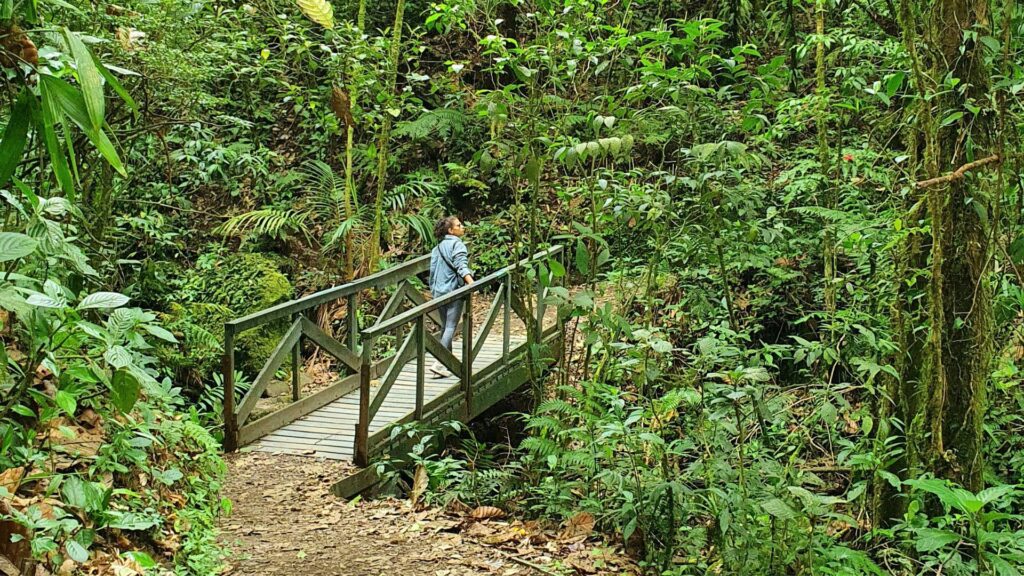
The park offers spectacular flora and fauna and is perfect for hiking, zip lining, and visiting hanging bridges with an unforgettable view.
However, due to the wide paths, it’s more easily accessible than many other national parks in Costa Rica. So it’s even possible to visit Monteverde Cloud Forest as a family trip with children.
What is exceptional about this biological reserve is that until the 1970s, this area used to be run-down land depleted by hunting and farming. Luckily, they managed to restore the area’s rich biodiversity.
To enter Monteverde Cloud Forest, the best town to stay nearby is Santa Elena. From there, you can also join various activities such as a coffee tour. You can reach the town by shuttle or public bus from San Jose or any beach town in the Nicoya peninsula.
18. Místico Arenal Hanging Bridges, a popular attraction near La Fortuna
Contributed by Sam from FindLoveAndTravel.com
Místico Arenal Hanging Bridges in La Fortuna Costa Rica is an incredible biological reserve. One of the main draws to this park is the seven suspension bridges spanning across the dense jungle. You will also get to experience breathtaking views of Mt Arenal Volcano.
Because it is one of the most popular and best things to do in La Fortuna, booking a tour in advance to explore Mistico Hanging Bridges is recommended. This is because the guides are trained to spot wildlife. From snakes and monkeys to bats, birds and frogs, their eyes and ears are trained. And while you are never guaranteed to see wildlife, your best chances are with them.
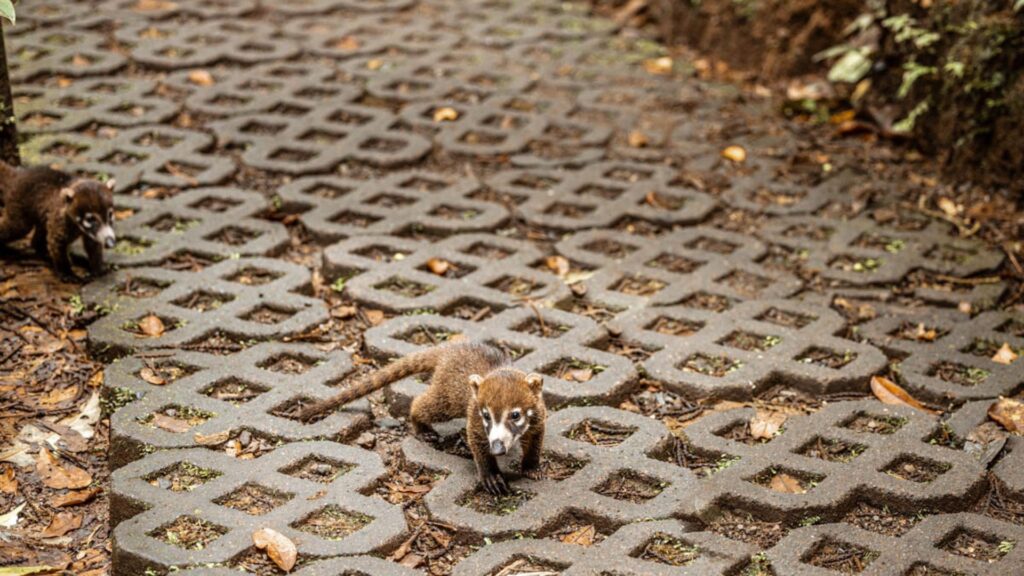
There are plenty of other activities to do in La Fortuna including exploring Mirador El Silencio and hiking Arenal 1968.
The best time to visit the La Fortuna area is during March – April. This is when the dry season starts to end and temperatures begin to cool. There are also fewer crowds. If you’re visiting during the rainy season, remember to pack waterproof clothing and footwear. It can rain a lot in Costa Rica!
To access the park, you will need to drive or get an Uber. Or if you go with a tour, they can usually arrange a hotel pick-up for you and bring you to the park.
For somewhere to stay, you should check out Los Lagos Spa & Resort. This resort is located nearby to popular attractions, has a delicious breakfast buffet, and is budget-friendly. If not, there are plenty of accommodations available in La Fortuna.
19. Ecocentro Danaus, a unique biological reserve near La Fortuna
Ecocentro Danaus is a small 7-acre (3-hectare) biological reserve in the Alajuela Province, just outside of La Fortuna.
Three decades ago, the land that Ecocentro Daunas is on was used for farmland. In the late 1990s, when the Costa Rican government was recognizing the need to be more sustainable, they started allowing the rainforest on this land to regrow. It is now full of lush native trees, and is now a haven for sloths, and colorful birds, frogs, lizards and butterflies.
The 0.4-mile (600 m) dirt path winds its way through Ecocentro Danaus. Walking the trail makes for a great way to spend an hour or two. It’s also perfect for children or anyone who isn’t up for a strenuous walk – plus, you are supporting a great cause.
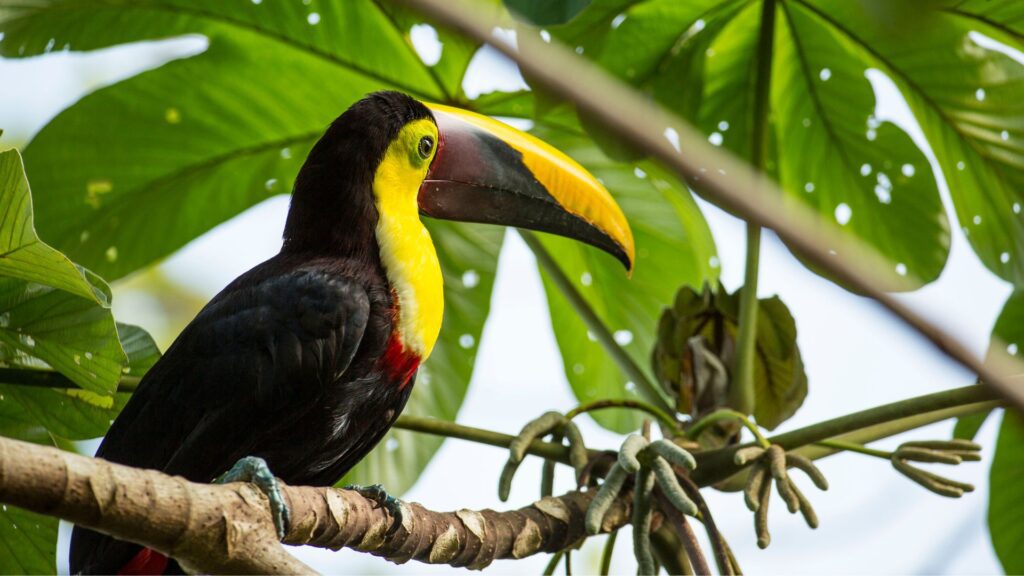
In order to conserve biodiversity, the trail only cuts through a small part of the rainforest, allowing the rest of the reserve to be undisturbed by human activity.
At Ecocentro Danaus, you have the option of self-guided and guided tours, offered during the day as well as at night. A guide is recommended as they can point out animals that are otherwise hard to spot, and other things that you may have missed.
Being just a 7-minute drive from La Fortuna, you can drive, take a taxi or bike to Ecocentro Danaus from the main part of town, depending on where you’re staying. Hotel Arenal Glamping, perfect for nature lovers, is only a 4-minute drive away.
20. Bats island (Isla Murcielago), an incredible scuba diving natural reserve in Costa Rica
Contributed by yours truly, WeDidItOurWay.com
Bats Island or Mucielago Island, is also known as Isla Murciélago in Costa Rica. It’s a remote and uninhabited island in the northern Pacific Ocean, and it’s part of the Santa Rosa National Park and the Guanacaste Conservation Area.
Although it’s a part of a national park, we’ve included it in the reserves as we didn’t actually visit the park, but rather, we went scuba diving at 2 different sites off Bats Island. We dove the Big Scare and Black Rock.
Murcielago Island is renowned for its pristine beauty and remote location. Getting here is a 2-hour boat ride from Playa del Coco. Its far distance is what helps preserve its beauty as well. The weather conditions do have to be in your favor to be able to reach it. Often, dive shops have weekly trips from May to October, as it’s the best time to see the marine life.
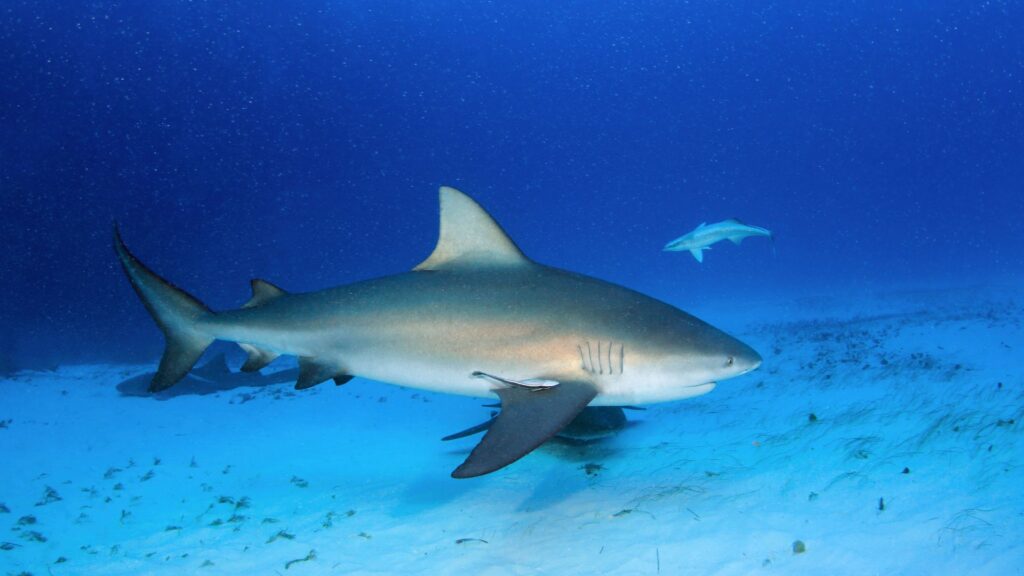
Since it’s not visited frequently, Bats Island is a haven for wildlife, especially the bull sharks that swim in these waters. It’s also known for being home to dolphins, whales, rays and so many more fish. Since the marine life is so rich, it’s also great for seeing seabirds who use the area as a nesting spot.
You can also go hiking on the island, which is quite small, but it does offer panoramic views of the ocean.
The best way to visit Bats Island for scuba diving is to go with a reputable dive shop. We highly recommend the team at Rich Coast Diving. We not only dove Bats Island with them, but also did our divemaster course there. You won’t find a more friendly and knowledgeable staff anywhere else in Playa del Coco! Tell them Carine & Derek sent you! And have fun!
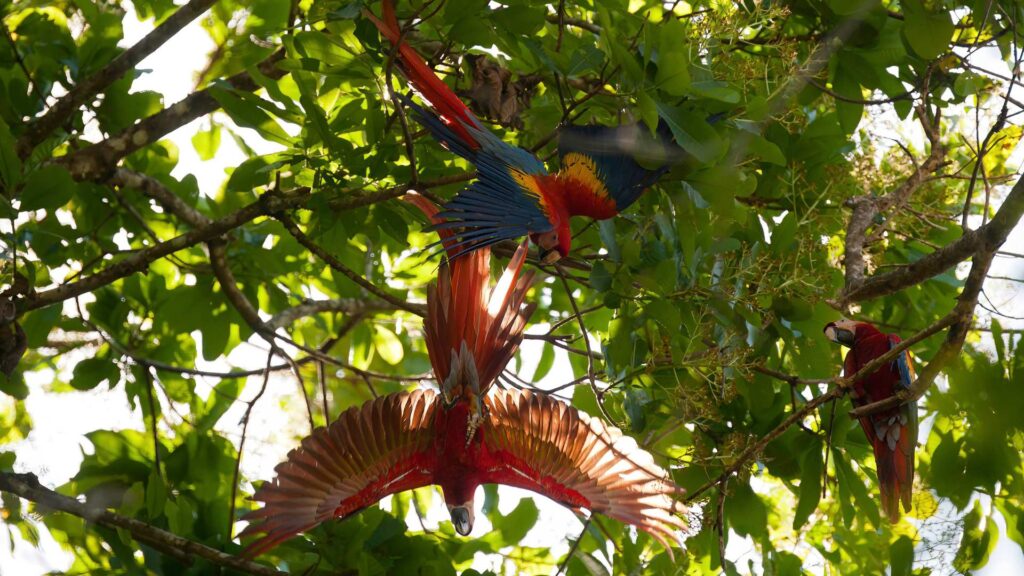
What to remember when visiting the best Costa Rica national parks
Now that you know all the best national parks and biological reserves to visit in Costa Rica, we want to give you a few notes and pointers to help you make the best of your time there.
These little points will also help ensure that we all do our part to keep the park clean, pristine and accessible for the next generations of travelers and wildlife enthusiasts!
1. Can you bring single-use plastic into the Costa Rica national parks?
No, you can’t bring single-use plastic into the national parks. That means no plastic bags. No foods wrapped in plastic. No plastic bottles. No plastic cutlery.
If you want to bring food into the parks, we recommend you keep it in a reusable container. This will be great because it keeps odors in. And you definitely don’t want to have monkeys chasing you for the food in your backpack. Because we’ve seen many monkeys scavenging through people’s bags.
2. What to pack when visiting national parks in Costa Rica?
What you pack for visiting the Costa Rican National Parks will depend on which one you visit. You should bring comfortable walking shoes. Some of the parks are more about the beaches, so you can even wear flip-flops.
We recommend coming with a backpack and having layers on you, as some of the parks tend to have varying temperatures, especially when you’re in the shade vs the sun.
You should also bring food and snacks with you, always in reusable packaging since single-use plastic is forbidden. Also, bring a reusable water bottle. Some parks have drinking water available. Or, you can bring a water filtration bottle like the Grayl.
If you plan on going to a beachy national park, bring a towel and clothes to shelter you from the sun, like a hat or a sarong. The Costa Rica sun is quite strong and the beaches don’t always have shade available.
3. Should you wear sunscreen in the waters of the national parks of Costa Rica?
Many national parks in Costa Rica are home to the most beautiful beaches in the country, even some of the best ones in Central America. Some also hold beautiful marine parks where you can go snorkeling or scuba diving. However, to ensure you don’t disrupt the fragile ecosystem of these waters, we recommend skipping out on the sunscreen.
Recent studies are showing that even reef-safe sunscreens are harmful to coral. That’s why you should avoid putting sunscreen on when entering the water. Instead, wear protective clothing and stay in the shade.
If you still want to wear sunscreen, opt for the reef-safe kind, but use it only on the most sensitive parts of your face and body. Also, apply it a good 30 minutes before going in the water so that it’s absorbed in your skin.
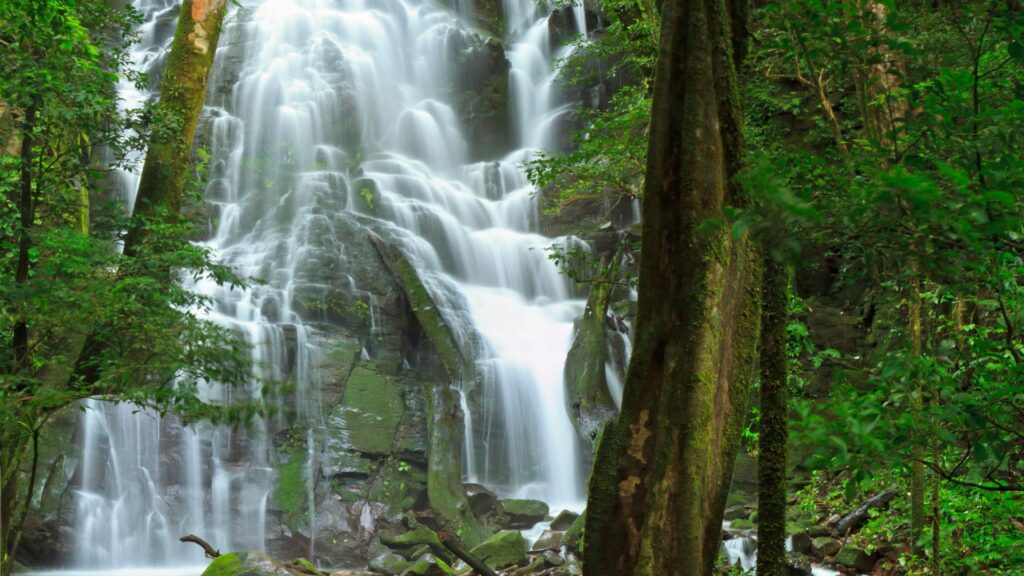
4. Do I need tickets to visit the national parks in Costa Rica?
Certain parks are more popular than others and have daily limits to the number of visitors they allow. If you’re planning on visiting a national park, especially in the high season, we recommend you buy tickets ahead of time. For parks like Corcovado and Manuel Antonio, we recommend booking as soon as you know your travel dates.
You can buy your tickets online on the SINAC website, or at the entrances of the parks.
5. How much does it cost to visit the national parks in Costa Rica?
The entrance fees to get into the national parks of Costa Rica vary from park to park. At the time of writing, the entrance fees vary between around $5 to $20 per person.
Cahuita National Park has a donation-based entrance. You can pay whatever you’d like, but we recommend paying at least $5 USD per person. Whereas parks like Manuel Antonio Park’s entrance fee is $16 USD. As for Corcovado, you can expect to pay $125 USD per person, including transport, guide and entrance fees.
We recommend checking on the official SINAC website to make sure you have the most up-to-date details about the national park you want to visit.
6. When is the best time to visit the Costa Rica national parks?
Usually, the dry season is the best time to visit the national parks in Costa Rica. However, there are many advantages to visiting the parks in the rainy season too. Also, we recommend visiting the national parks as early as possible in the day, at opening, if you can. This will ensure you see more wildlife with fewer crowds around.
During the dry season, costs will be higher for accommodations, and crowds will take over the national parks. But, you will have optimal conditions to seeing the animals. However, in the rainy season, although the paths may get muddy, you will have were crowds and better pricing around.
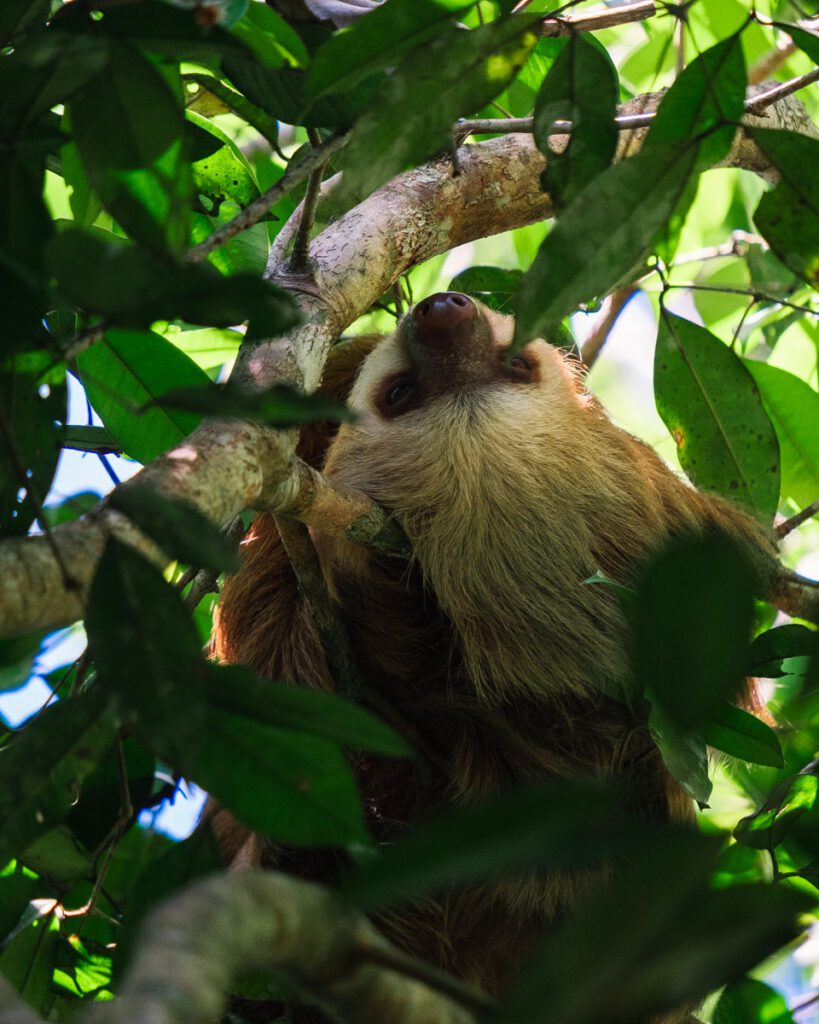
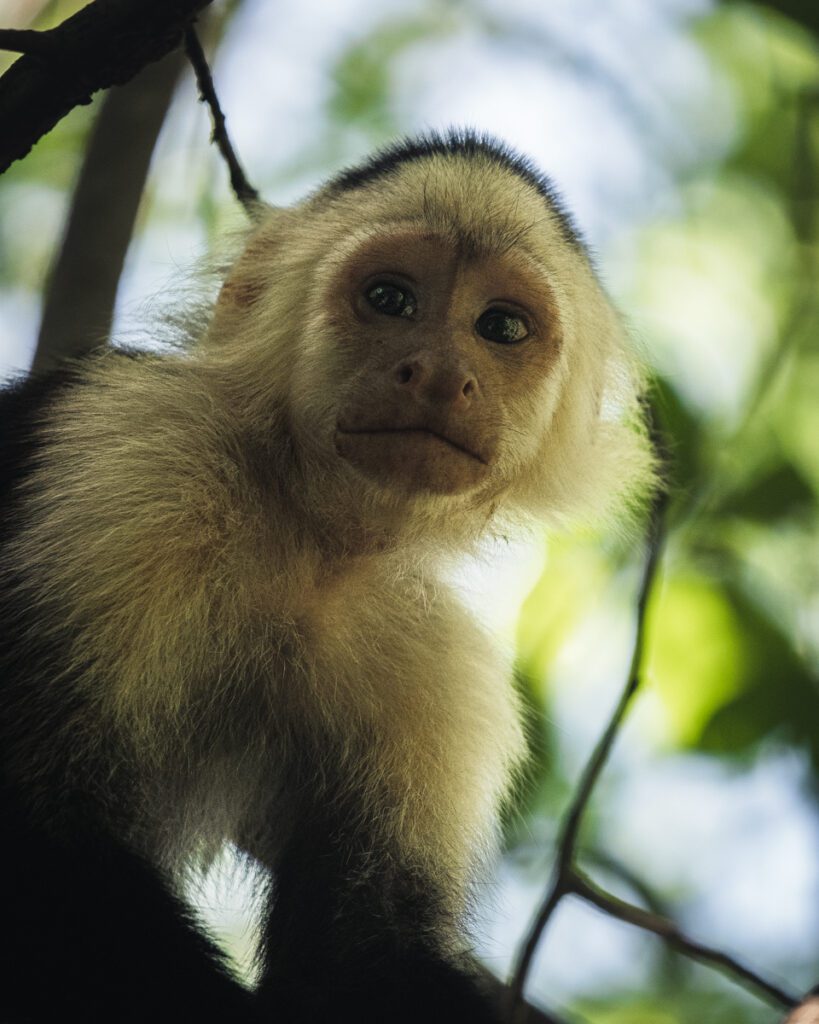
5 quick facts about Costa Rica’s National Parks and Reserves
Here are some fun facts and interesting things to know about the Costa Rican national parks and natural reserves. With so much of the country being protected, it’s really fascinating to learn more about these places.
1. How many national parks are in Costa Rica?
The SINAC, National Conservation Areas System, established in 1998, protects over 200 conservation areas, including 50+ wildlife refuges, 28 national parks, 12+ forest reserves, and a few biological reserves in the country.
2. How much of Costa Rica is protected?
Starting in 1998, the Costa Rican government has made considerable efforts to protect and preserve the country’s diverse ecosystems, their natural beauty, and integrity. As a result, they have set aside more than 25% of the country as national parks and reserves.
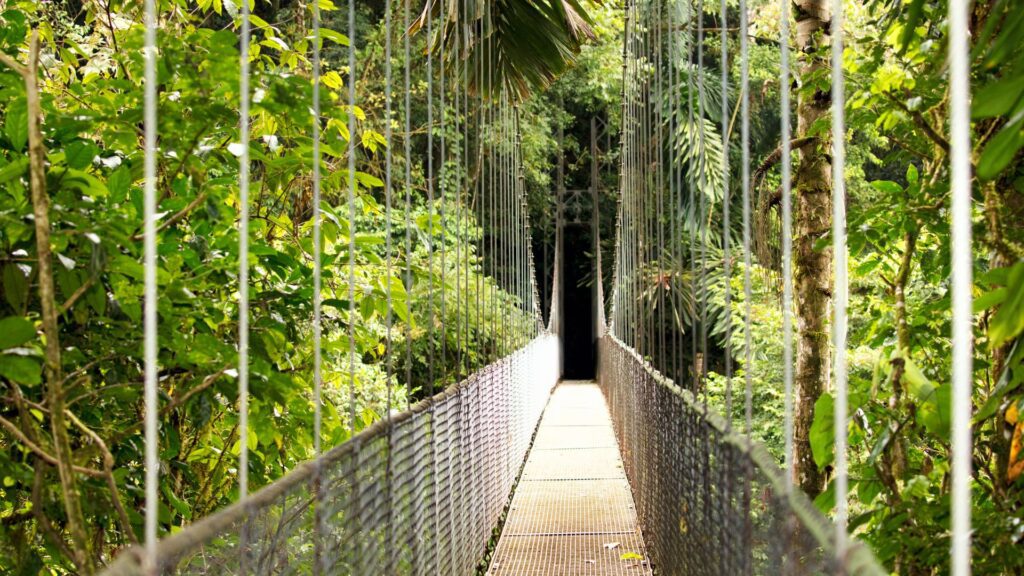
3. Which national park is the most diverse?
Corcovado is the most biodiverse national park in Costa Rica, holding over 3% of the world’s biodiversity within its limits. It’s home to such animals as
Corcovado is also very diverse in terms of ecosystems. While in the park, you can experience the flora of lowland tropical rainforests, cloud forests and mangrove swamps, and enjoy its pristine coastline.
4. What is the most popular national park in Costa Rica?
Manuel Antonio National Park is Costa Rica’s most popular park. Because of its close proximity to San José, it is visited by over 1.3 million people on an annual basis. Although it’s smaller compared to other parks, it still boasts a very rich wildlife and is home to some of the most beautiful beaches in the country. For those who have a short 7-day trip to Costa Rica, this park is a must.
5. What is the largest national park in Costa Rica?
Corcovado National Park is the largest one in Costa Rica. It’s also the most biodiverse park in the world. It covers an area of about 424 square kilometers (about 163 square miles). Within its limits, it contains a wide range of ecosystems, including lowland tropical rainforests, cloud forests, wetlands, and coastal areas. It’s also home to some of the country’s most endangered animals like the Tapir and Pecari.
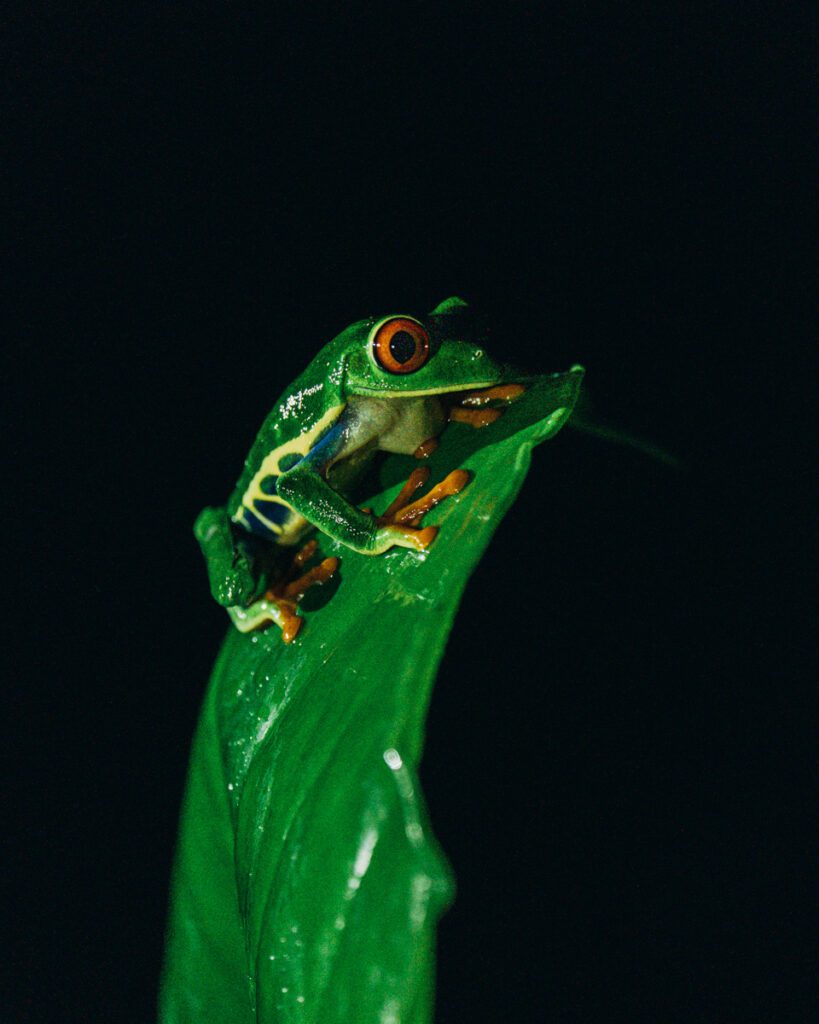
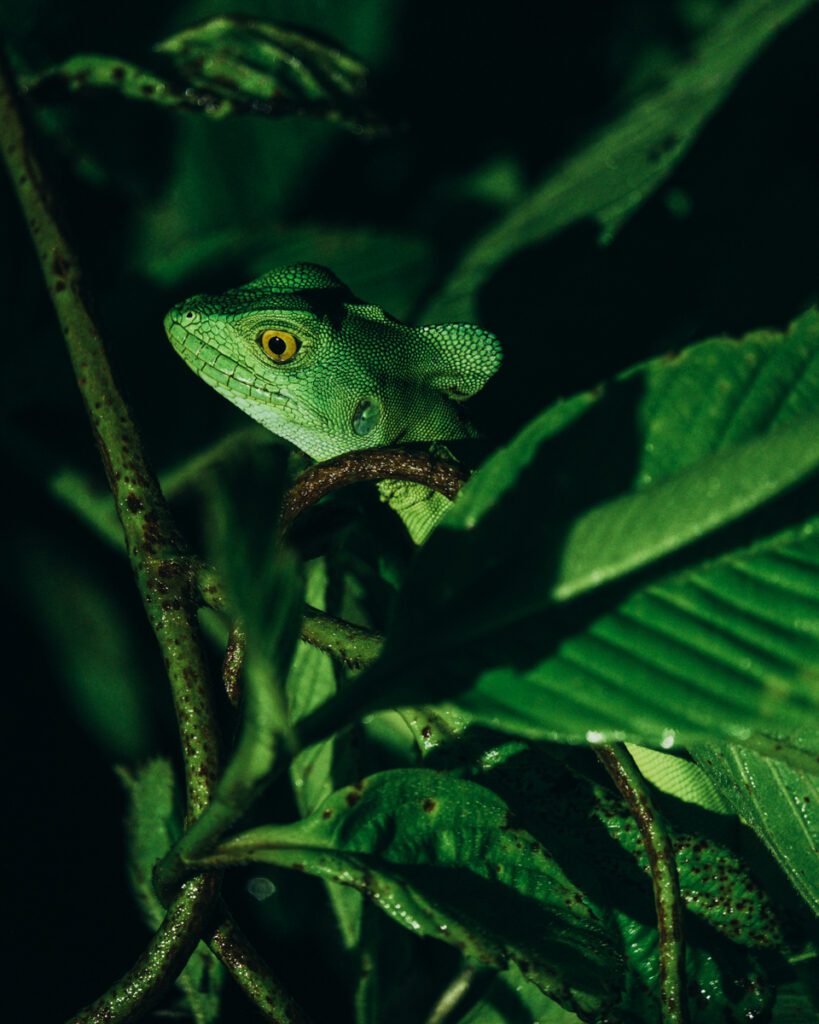
The 20 best national parks & natural reserves in Costa Rica
- Corcovado national park
- Rincón de la Vieja
- Cahuita national park
- Manuel Antonio National Park
- Piedras Blancas National Park
- Irazu Volcano National Park
- Arenal Volcano National Park
- Tortuguero National Park
- Marino Ballena National Park
- Poas Volcano National Park
- Tenorio Volcano National Park
- Braulio Carrillo National Park
- Cabo Blanco Absolute Reserve
- Isla de Caño
- Ostional National Refuge
- Santa Elena Cloud Forest
- Monteverde Cloud Forest
- Místico Arenal Hanging Bridges
- EcoCenter Danaus
- Bats island (Isla Murcielago)
Thank you so much for reading the article all the way through!
We put a lot of time and effort into the content we create. Please like, comment and share – every action on your part helps us out tremendously and is very appreciated.
You can also help us by pinning this article for others to find.
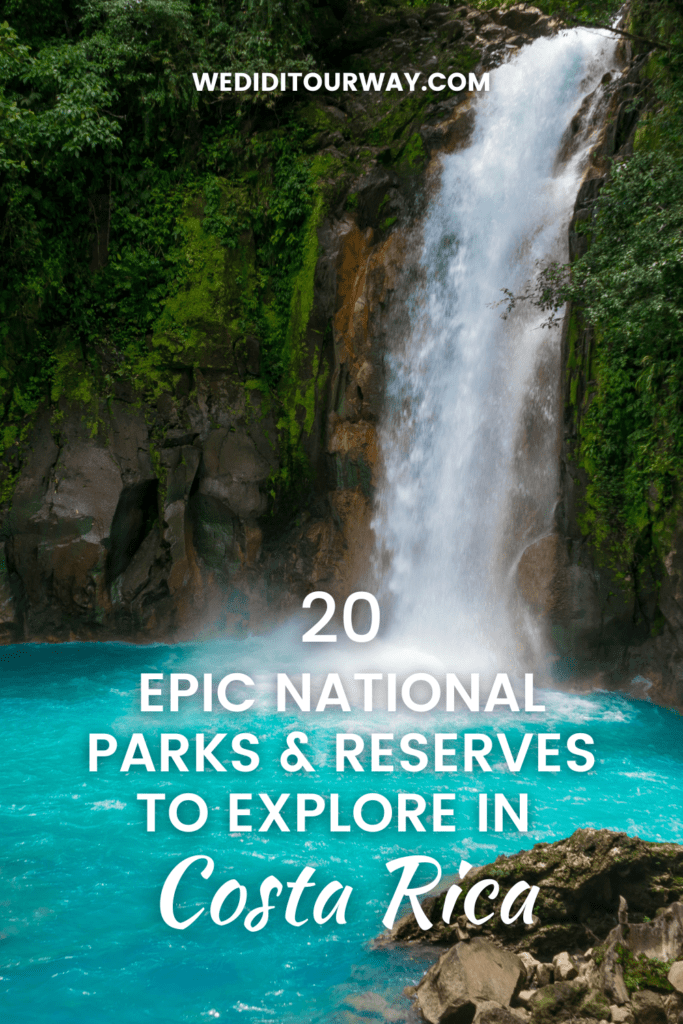
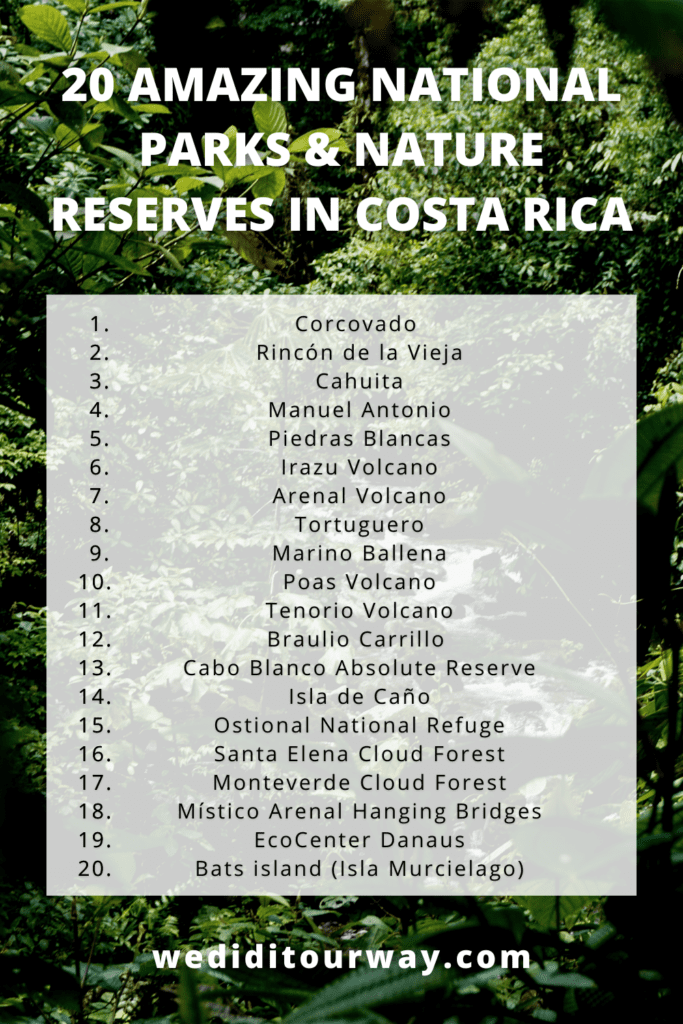
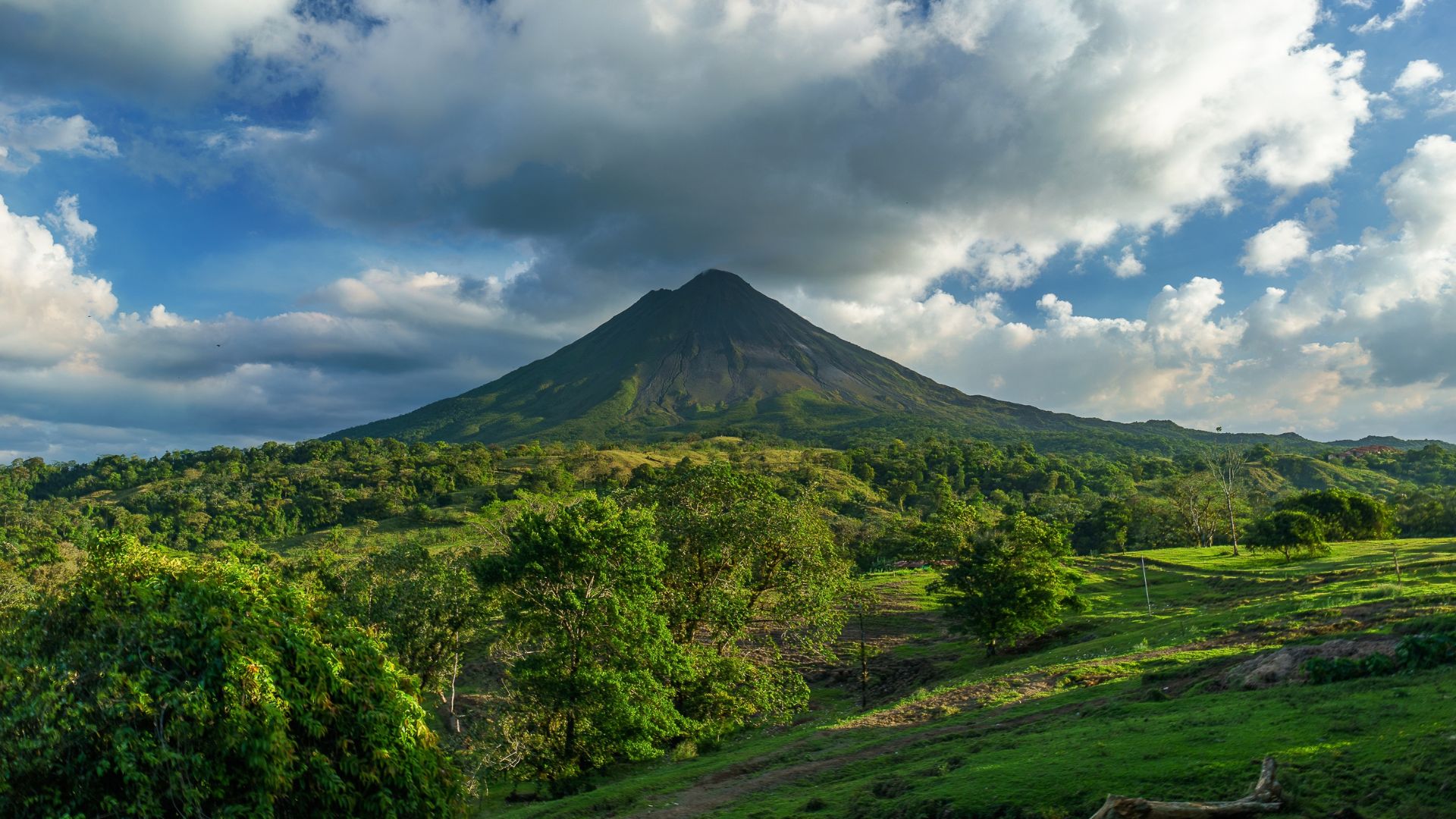
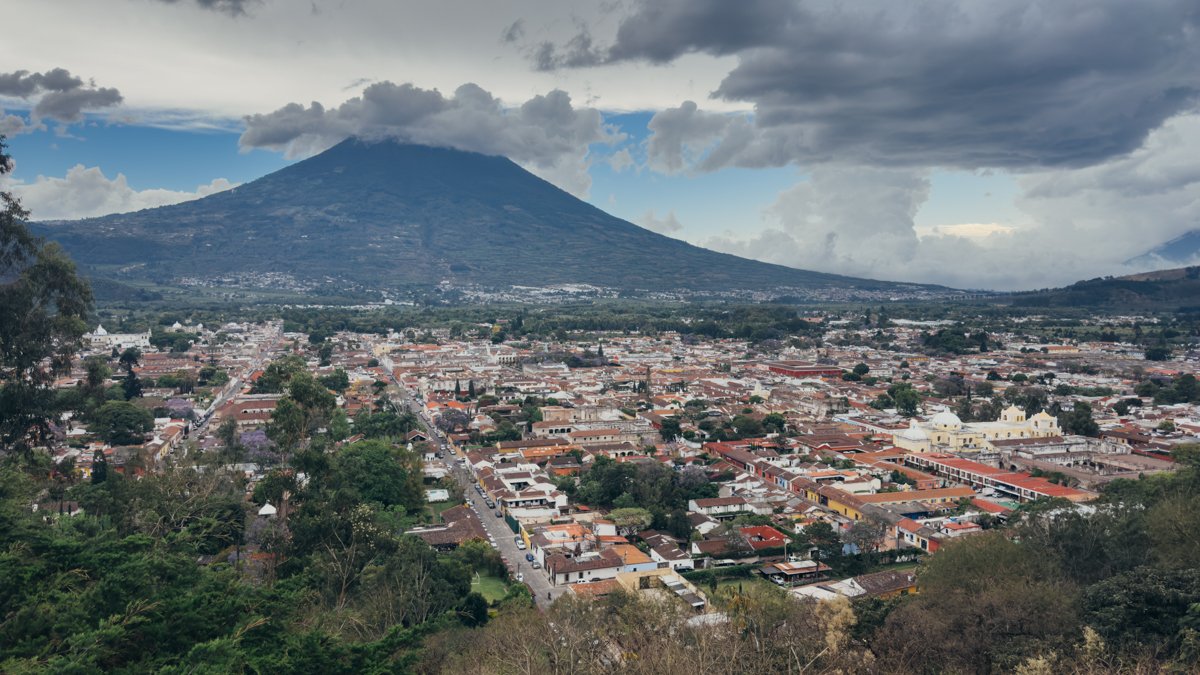
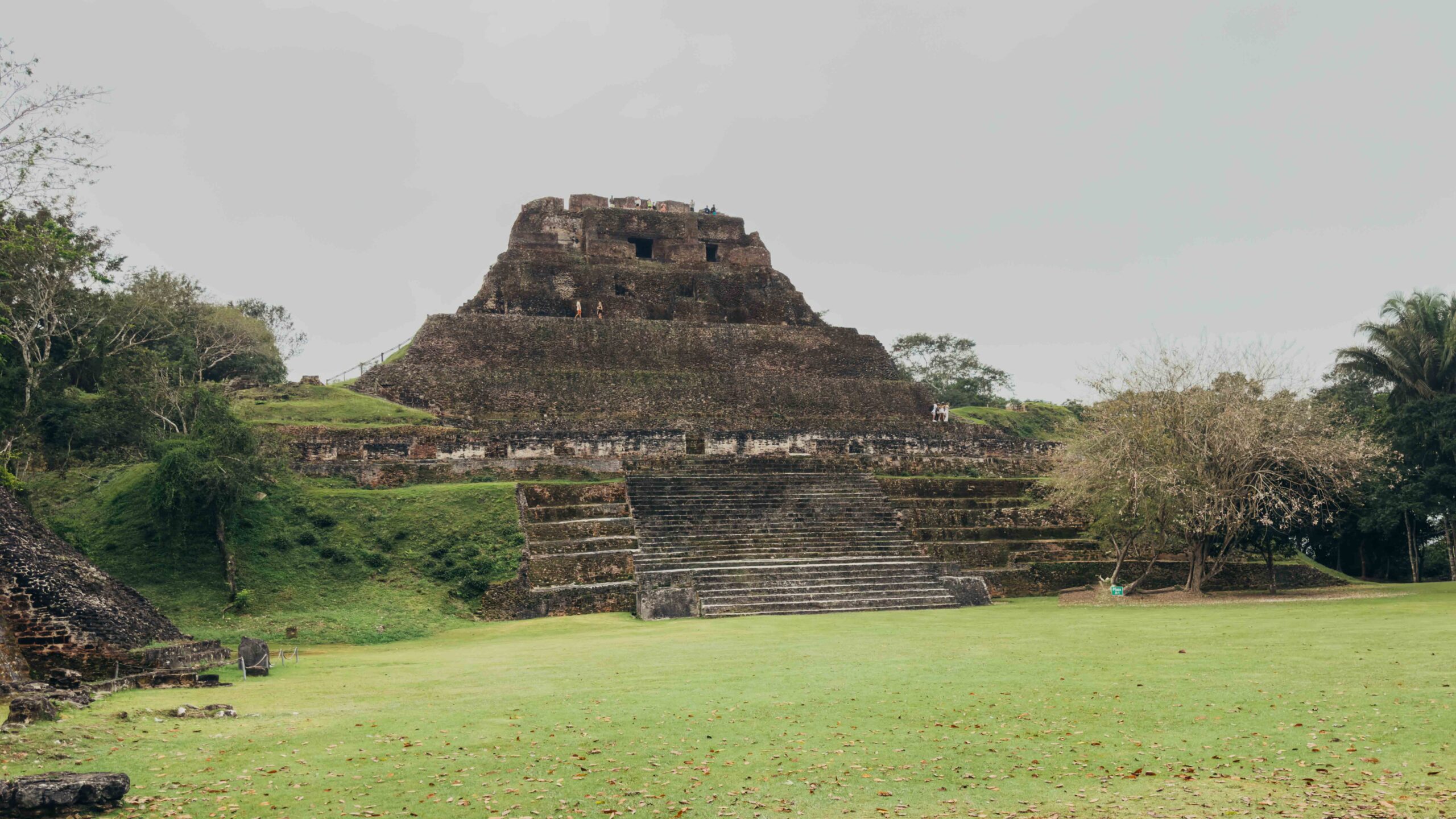

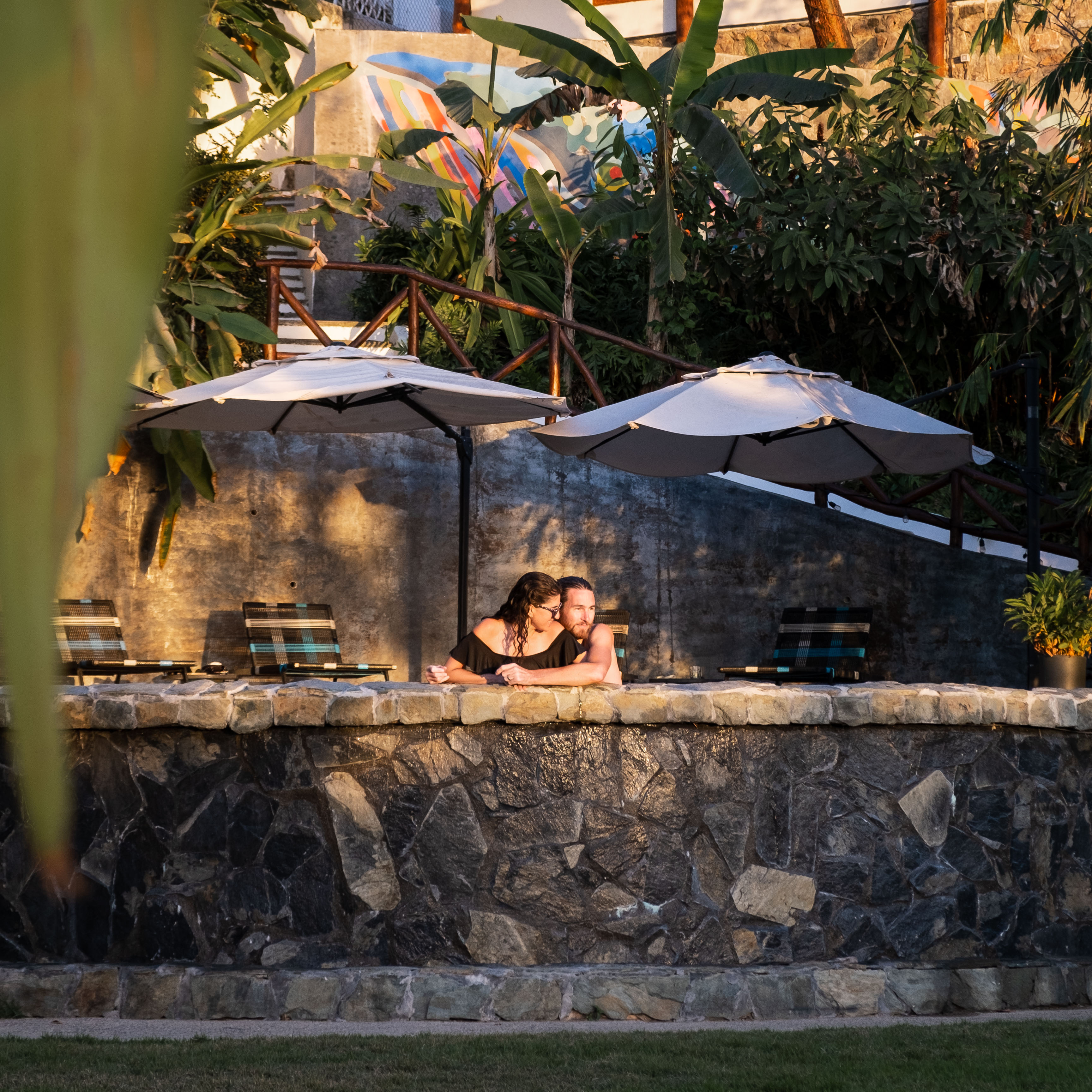


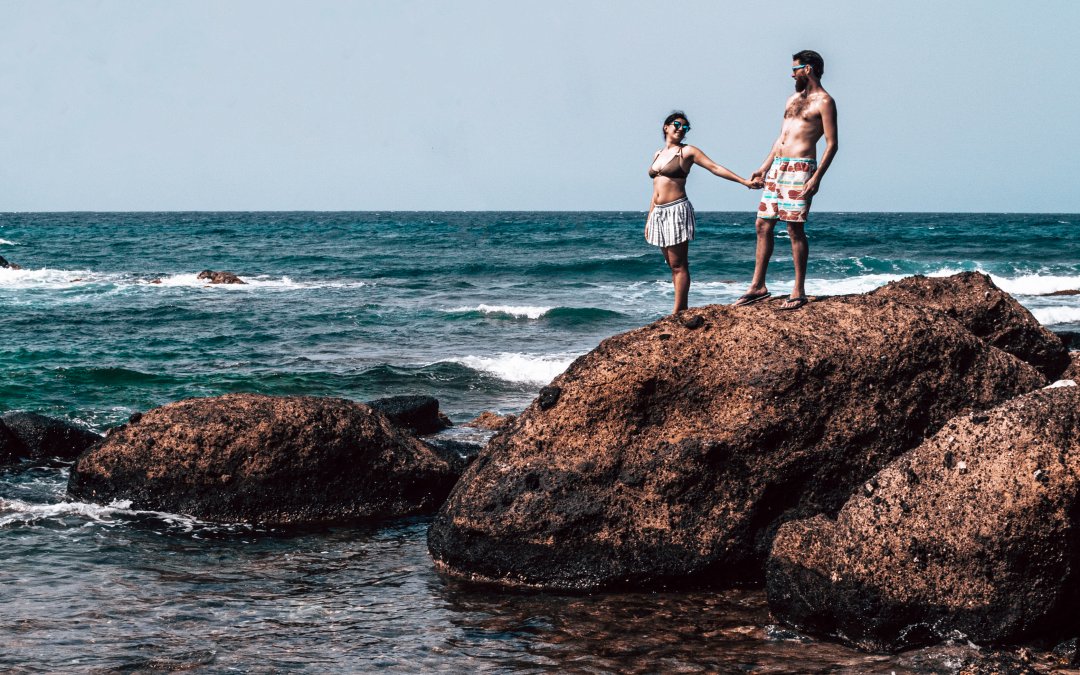
0 Comments